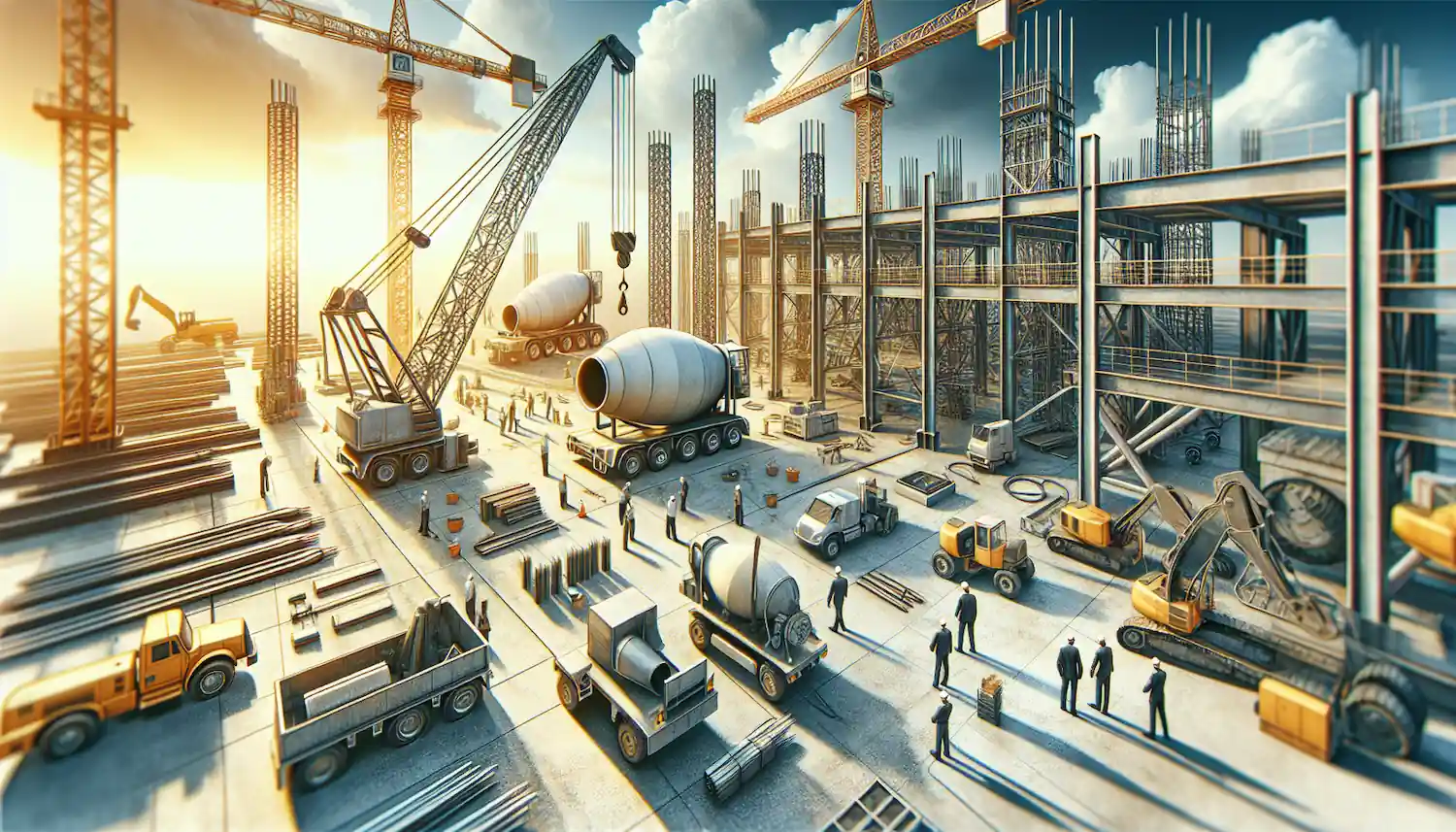Optimizing Oil Rig PPE Delivery: Proven Strategies That Saved $2M Annually
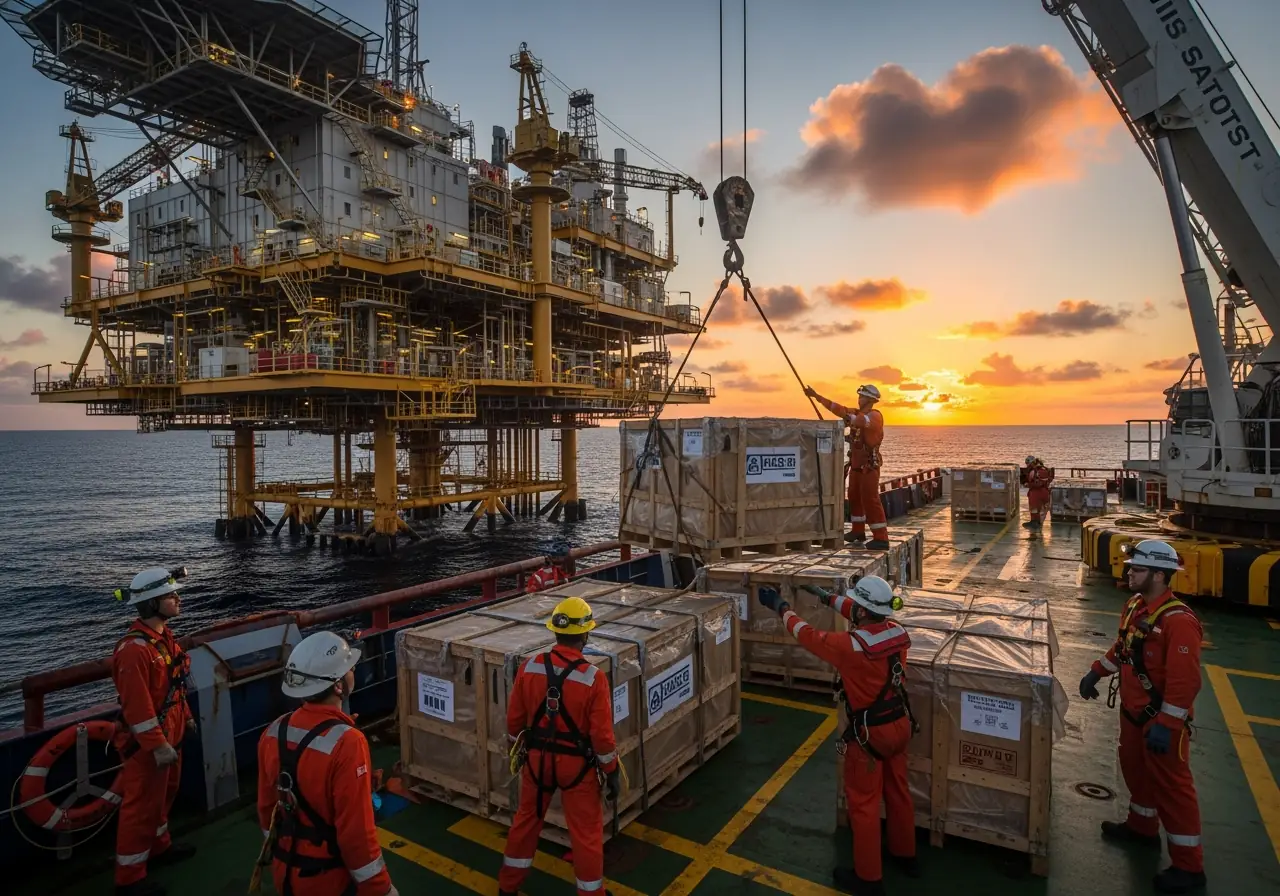
During the COVID-19 pandemic, global demand for PPE surged by 40%, driving price hikes of over 1000% on essential safety gear such as N95 masks. Offshore oil rig PPE delivery faced unprecedented challenges as supply chains buckled under extreme pressure. In this guide, we explore how oil rig safety gear logistics, procurement, and compliance strategies can overcome these disruptions. Offshore PPE supply chains must now account for global shipping delays, shelf-life limitations, and international regulatory standards such as EU Regulation 2016/425 and OSHA requirements.
For oil rig operators, efficient global PPE delivery is no longer optional - it is critical to maintaining worker safety, reducing liability, and ensuring operational continuity in high-risk offshore environments. This guide shares eight proven strategies that saved one multinational company $2M annually by optimizing rig PPE distribution, strengthening supplier audits, and integrating digital tracking, while ensuring compliance with strict safety regulations.
Understanding Offshore PPE Delivery Challenges
Supplying Personal Protective Equipment (PPE) to offshore oil rigs presents unique logistical hurdles that go beyond typical supply chain challenges. Understanding these complexities is essential for maintaining both operational efficiency and worker safety in these remote environments.
Global PPE delivery constraints in oil rig environments
Offshore oil rigs operate in some of the most isolated locations worldwide, making timely delivery of safety equipment exceptionally difficult. Unlike land-based facilities, rigs cannot simply receive daily deliveries when supplies run low. Instead, they rely on carefully scheduled transport via helicopters or supply vessels that face weather-dependent scheduling and limited cargo capacity.
Moreover, international shipping regulations vary dramatically between regions, requiring specialized documentation and customs clearance processes that can delay critical PPE shipments. This becomes especially problematic when emergency replacements are needed for damaged equipment or during emergency response situations.

Shelf-life and storage limitations for oil rig gear
Most PPE items have specific shelf-life constraints that must be carefully managed. Proper storage conditions are critical - equipment must typically be maintained between 0°–40°C (32°–104°F) and kept away from direct heat and moisture to preserve integrity. These requirements present significant challenges in the harsh offshore environment where space is limited and conditions can be extreme.
For instance, respiratory protection elements may deteriorate in humid conditions, while certain chemical-resistant materials can degrade when exposed to UV light or saltwater. Careful inventory management becomes essential to avoid using expired safety equipment that may no longer provide adequate protection.
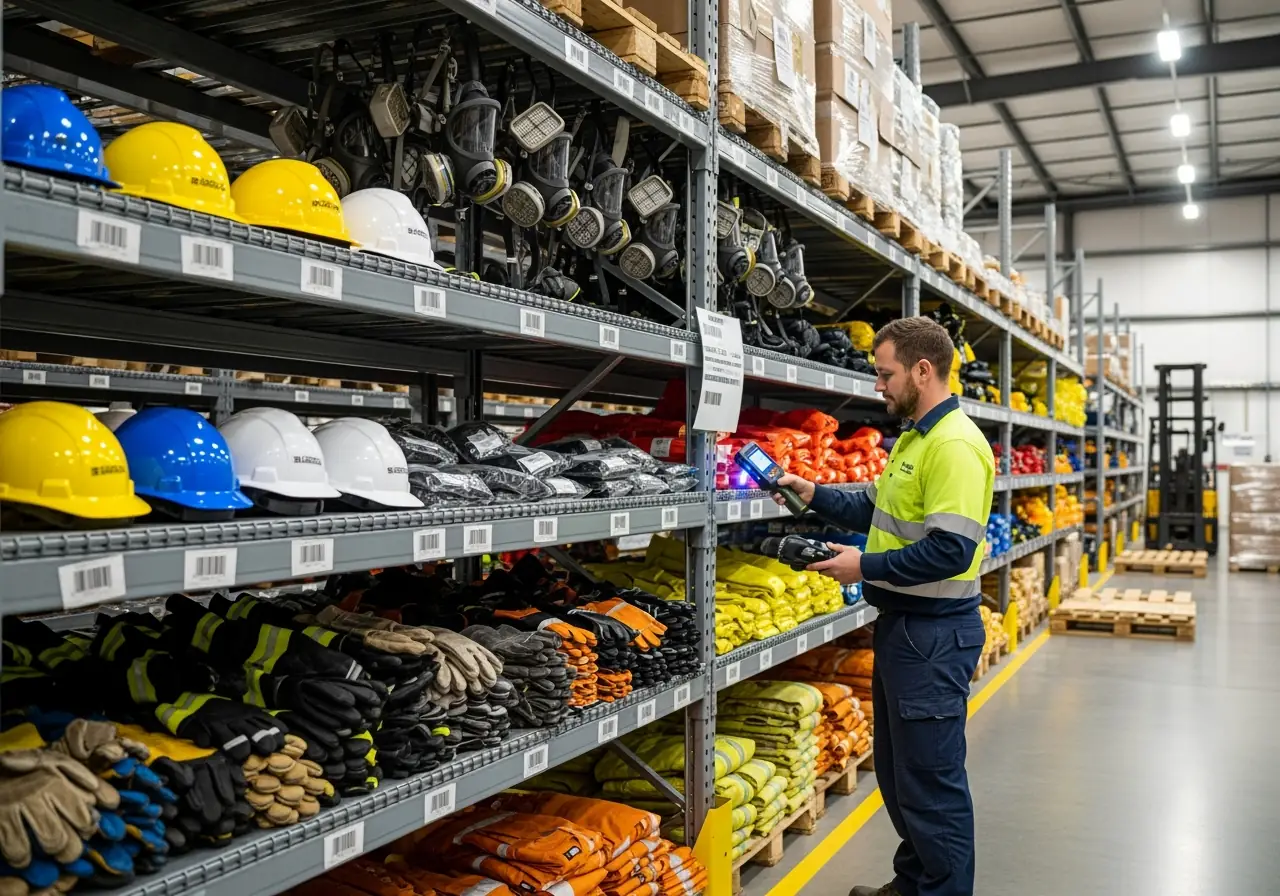
Compliance with oil rig safety regulations across regions
Oil rig operations must navigate a complex web of regulatory requirements that vary by jurisdiction. PPE must meet rigorous standards including:
- Proper design and construction specifications
- Regular maintenance and cleaning protocols
- Comfortable fit to encourage consistent worker use
Employers must also implement comprehensive safety management systems and training programs for all workers using PPE, covering selection, proper use, limitations, and maintenance requirements. These programs must address the specific hazards present in offshore environments and ensure all personnel understand when and how to use their protective equipment correctly.
Specifically, international operations face the additional challenge of reconciling different regional standards, requiring PPE inventory that satisfies the strictest applicable regulations across all operational areas. This includes obtaining necessary certifications such as offshore medical certificates for workers.
Secure your operations with confidence. Partner with MCH Parts for certified oil rig PPE, global delivery strategies, and proven supply chain solutions that keep your workforce safe and compliant.
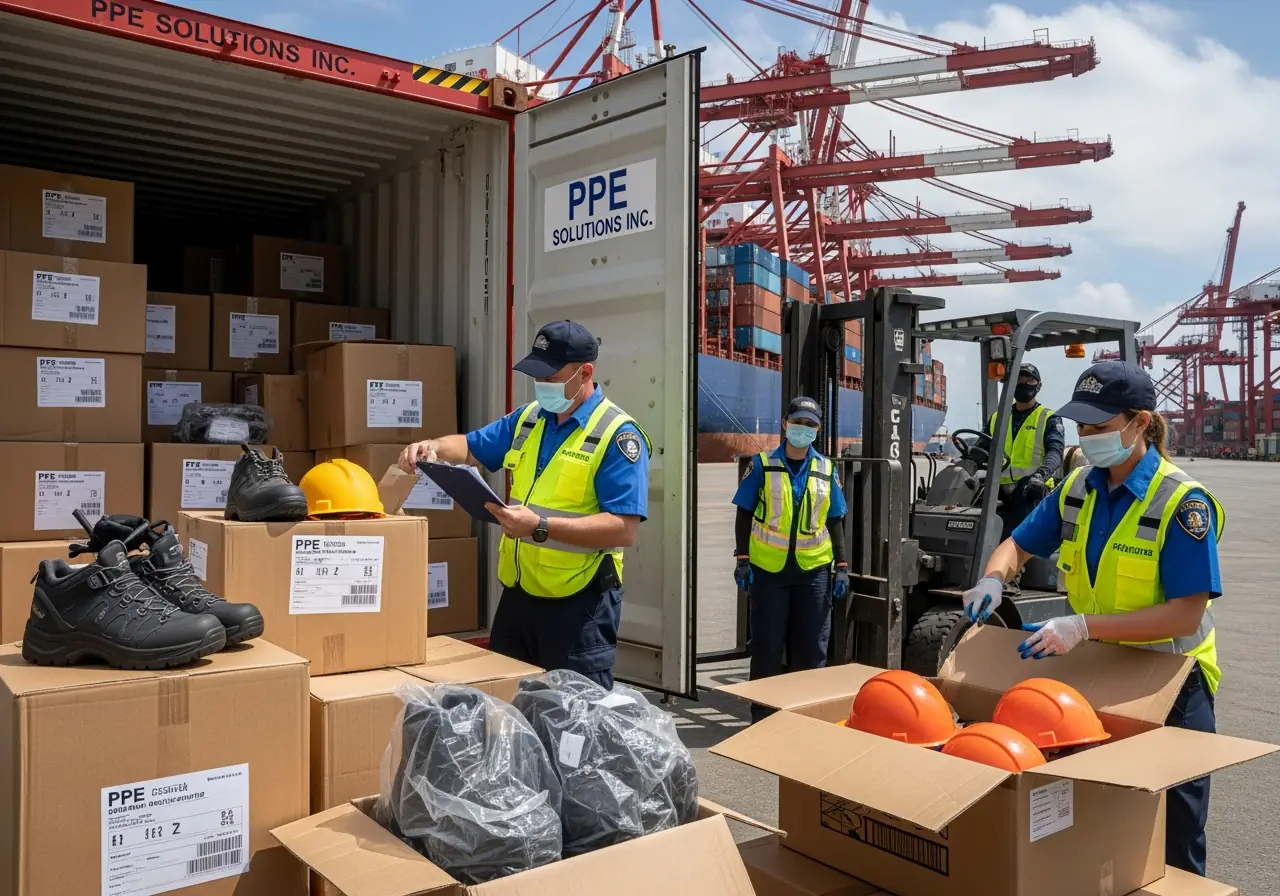
8 Proven Strategies That Saved $2M in Oil Rig PPE Delivery
Implementing strategic improvements in PPE delivery systems can yield significant financial benefits. A multinational oil company achieved remarkable results through these eight approaches:
1. Centralized supplier audit for global safety gear procurement
Establishing a single supplier evaluation desk streamlined verification processes through systematic evidence checks and on-site assessments. This approach enabled continuous monitoring of corrections during and after work completion, facilitating coordinated action with suppliers. PTTEP's implementation of this strategy integrated SSHE screening criteria directly into procurement procedures, resulting in more consistent quality across all safety equipment.
2. Pre-shipment quality checks for offshore PPE logistics
Pre-shipment inspections conducted when orders are ready to ship prevent costly import risks and quality issues. These inspections verify contract quantities, packing methods, storage conditions, appearance, function, and safety compliance. For offshore operations, this strategy helps ensure that critical safety equipment like helmets, eye protection, hand protection, and protective clothing meets rigorous standards before deployment to remote locations.
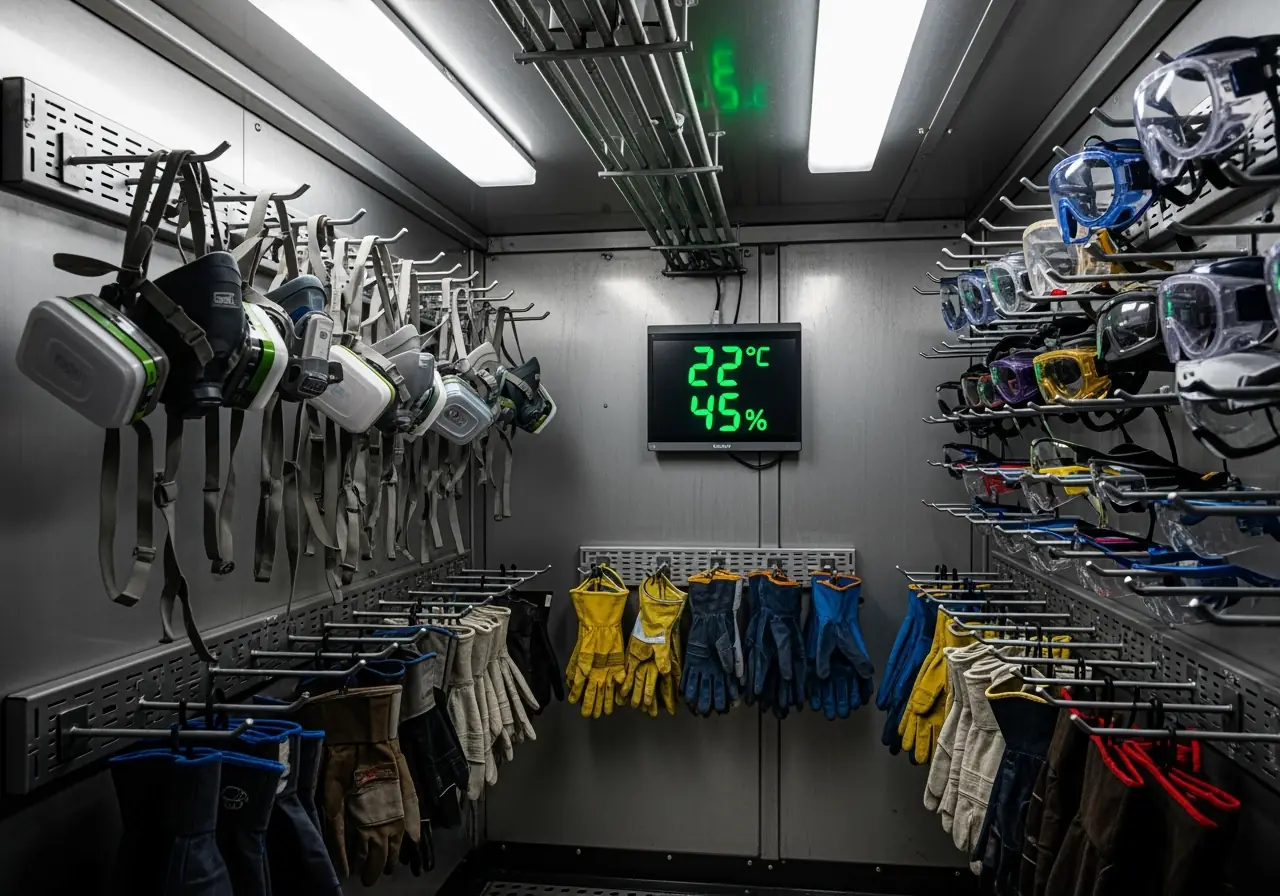
3. Regional warehousing to reduce international PPE shipping delays
Establishing strategically located warehouses near major operational hubs minimizes lengthy international shipping delays. This approach ensures that high-quality PPE remains readily available despite global supply chain fluctuations or customs delays. Regional warehousing helps maintain sufficient inventory levels of essential safety gear including flame-resistant clothing, anti-static clothing, safety harnesses, and respiratory protection required for oil rig operations.
4. Emergency PPE delivery services for remote rigs
Developing specialized emergency response capabilities ensures critical safety equipment reaches remote rigs rapidly during urgent situations. Highly trained emergency rescue personnel with oil and gas experience use best-in-class equipment for these services. This strategy provides essential support for high-risk environments where equipment failure could lead to serious safety incidents, and is a crucial component of emergency response planning and emergency preparedness.
5. Digital inventory tracking for rig PPE distribution strategies
RFID technology transforms oil rig operations by enabling real-time monitoring of safety equipment status and location. This technology streamlines operations, reduces downtime, and minimizes costly maintenance. Digital systems allow for automated inventory management that ensures materials, equipment, and personnel flow seamlessly to and from remote sites. These safety reporting systems also facilitate incident reporting and near miss reporting, enhancing overall safety management.
6. Standardized oil rig safety gear kits by job role
Creating standardized safety kits based on specific job functions ensures workers have appropriate protection for their particular tasks. This approach recognizes that different roles face unique hazards—from chemical exposure to fall risks. Standardization includes proper head protection, eye protection, gloves, flame-resistant clothing, hearing protection, and task-specific equipment like safety harnesses for elevated work.
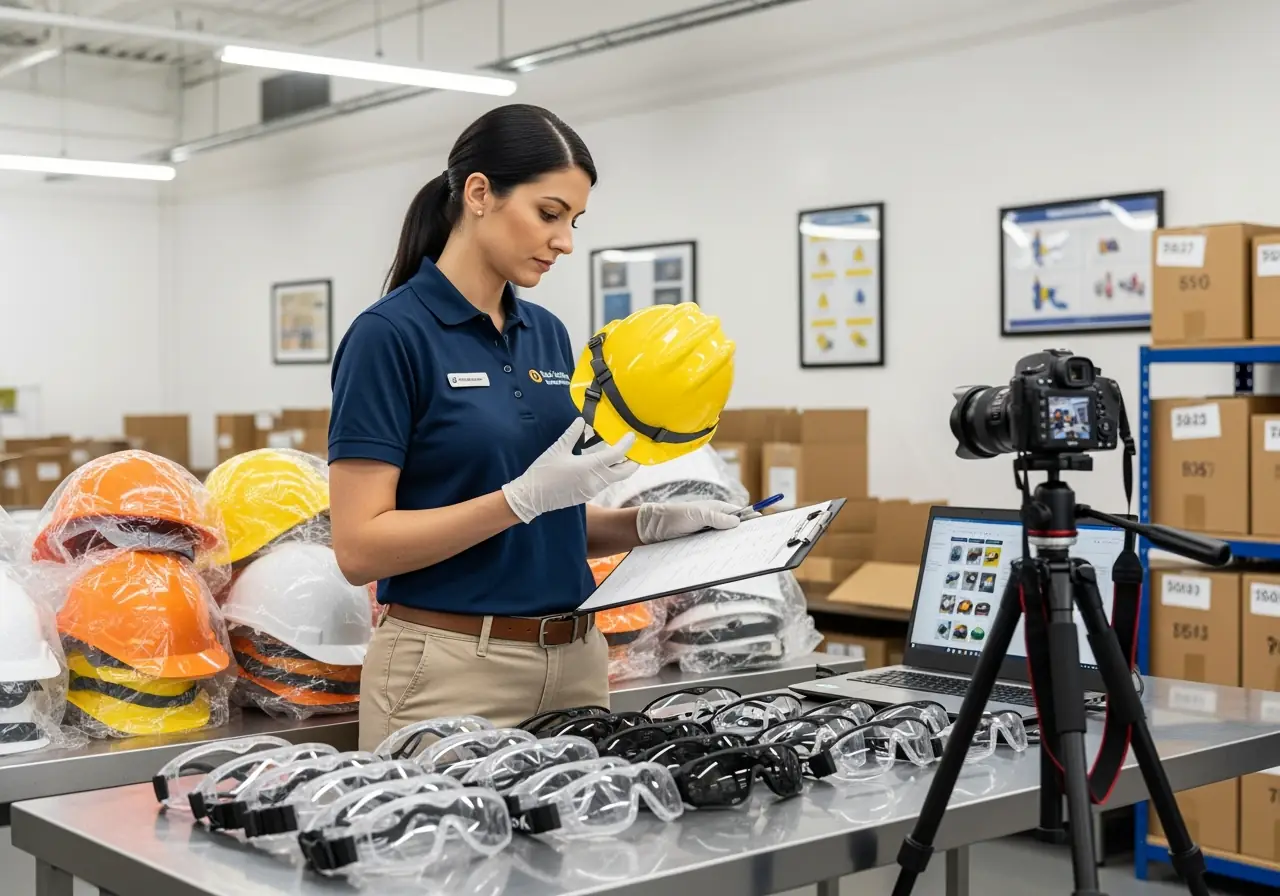
7. Contract renegotiation with international safety gear suppliers
The volatile market climate has prompted strategic renegotiation of supplier contracts. Companies experiencing dramatic imbalances in commercial positions can reset legal and commercial relationships through renegotiation, resulting in better deals for both sides. This approach helps address changing market dynamics and regulatory landscapes while maintaining critical supply relationships.
8. Predictive demand planning using rig maintenance schedules
Integrating PPE requirements with planned maintenance activities allows for more accurate forecasting of safety equipment needs. This approach prevents both shortages and overstocking by aligning procurement with actual operational demands. Predictive analytics helps companies evaluate PPE usage trends and identify discrepancies or surplus inventory, optimizing purchasing decisions and supporting effective workforce management practices.
Eliminate costly delays and compliance risks. MCH Parts provides high-quality safety gear, strategic warehousing, and rapid offshore delivery to ensure your rig always has the protection it needs.
Implementing PPE Supply Chain Management Systems
Modern technology now offers robust solutions for the complex challenges of oil rig safety gear delivery. Selecting appropriate systems can significantly reduce both costs and risks while ensuring compliance.
Choosing platforms for global rig equipment delivery tracking
Effective tracking platforms provide real-time visibility across remote locations. Look for systems offering:
- GPS-enabled asset monitoring for precise equipment location
- Automated reporting capabilities for inventory status
- Mobile access for management on any device
- Offline functionality for areas with unreliable connectivity
These features help prevent signal loss in rugged offshore environments - a critical concern when tracking valuable safety equipment.
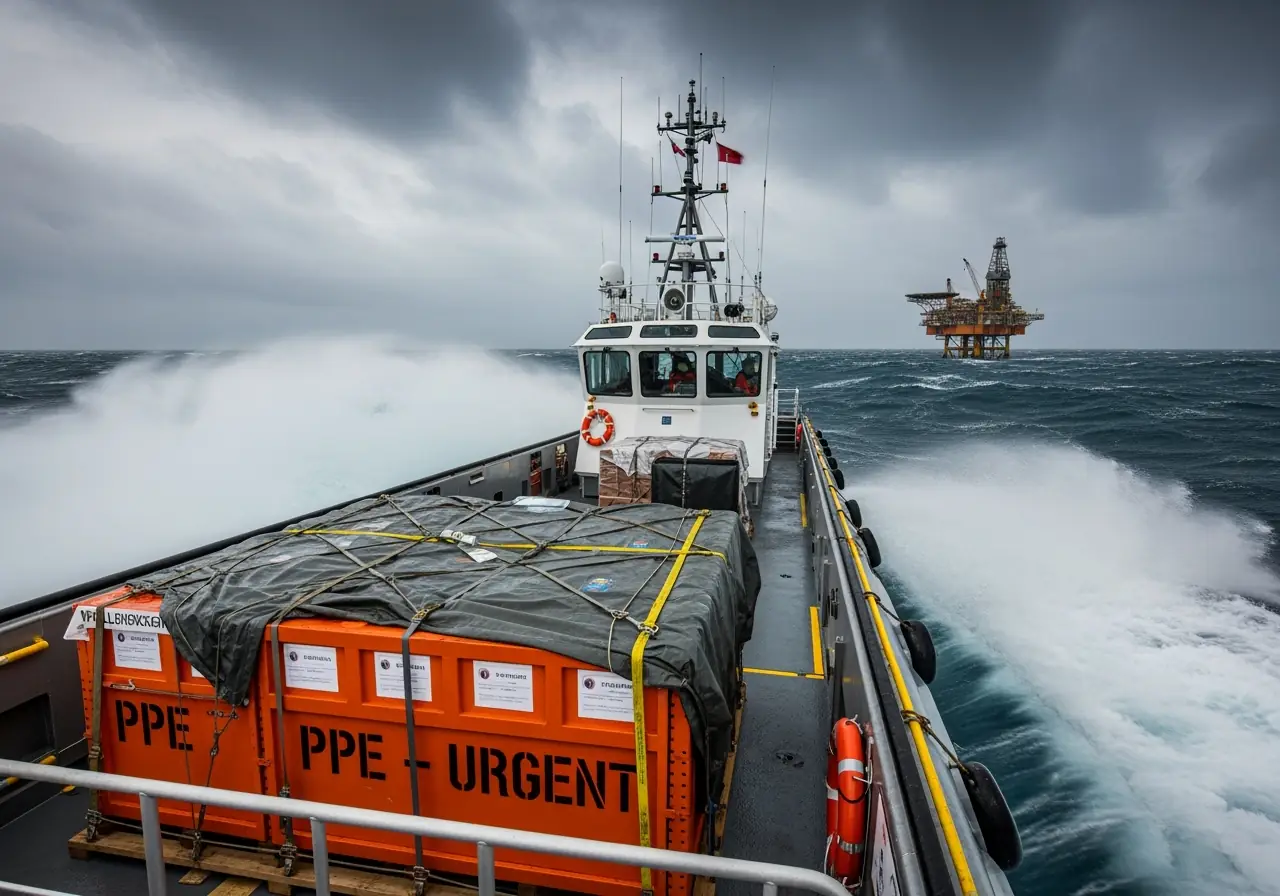
Integrating offshore PPE logistics with rig operations
Successful integration requires systems that connect with existing operational workflows. Notably, comprehensive HSE management systems allow teams to identify recurring safety incidents, subsequently implementing targeted corrections through additional PPE distribution. Therefore, choose platforms that extend visibility beyond Wi-Fi range, enabling seamless real-time monitoring even in casually connected environments.
Automating reorder thresholds for health and safety gear
Automated reorder points trigger purchase orders when inventory reaches predetermined thresholds. This prevents situations where employees cannot access critical $2 safety glasses, potentially leading to million-dollar lawsuits. In fact, systems can be configured to calculate reorder points automatically based on historical demand patterns, with safety stock levels added to ensure adequate supply during emergencies. This approach optimizes inventory levels while minimizing excess stock and associated carrying costs.
Ensuring Compliance and Continuous Improvement
Maintaining effective oil rig protective equipment systems requires ongoing vigilance beyond initial implementation. According to industry data, oil and gas extraction workers face fatality rates seven times greater than all U.S. industries, highlighting why rigorous compliance processes are essential.
Auditing safety compliance PPE supply across regions
Regular audits form the cornerstone of effective safety compliance. The Safety and Environmental Management Systems (SEMS) regulations mandate audits every three years after initial implementation. Recent analysis of 50 audit reports revealed that four SEMS elements - Hazard Analysis, Safe Work Practices, Operating Procedures, and Mechanical Integrity - accounted for most identified deficiencies. Alongside these findings, many corrective actions were merely superficial, failing to address underlying systemic issues.
Aligning with global PPE standards and certifications
Offshore rig safety operations must navigate complex regulatory frameworks established by organizations like OSHA and ANSI. Given that PPE requirements vary internationally, standardizing equipment according to the most stringent applicable regulations becomes crucial. All workers must have functioning PPE including fall protection, flame-resistant clothing, respiratory protection, and basic items like hard hats, goggles, and boots.
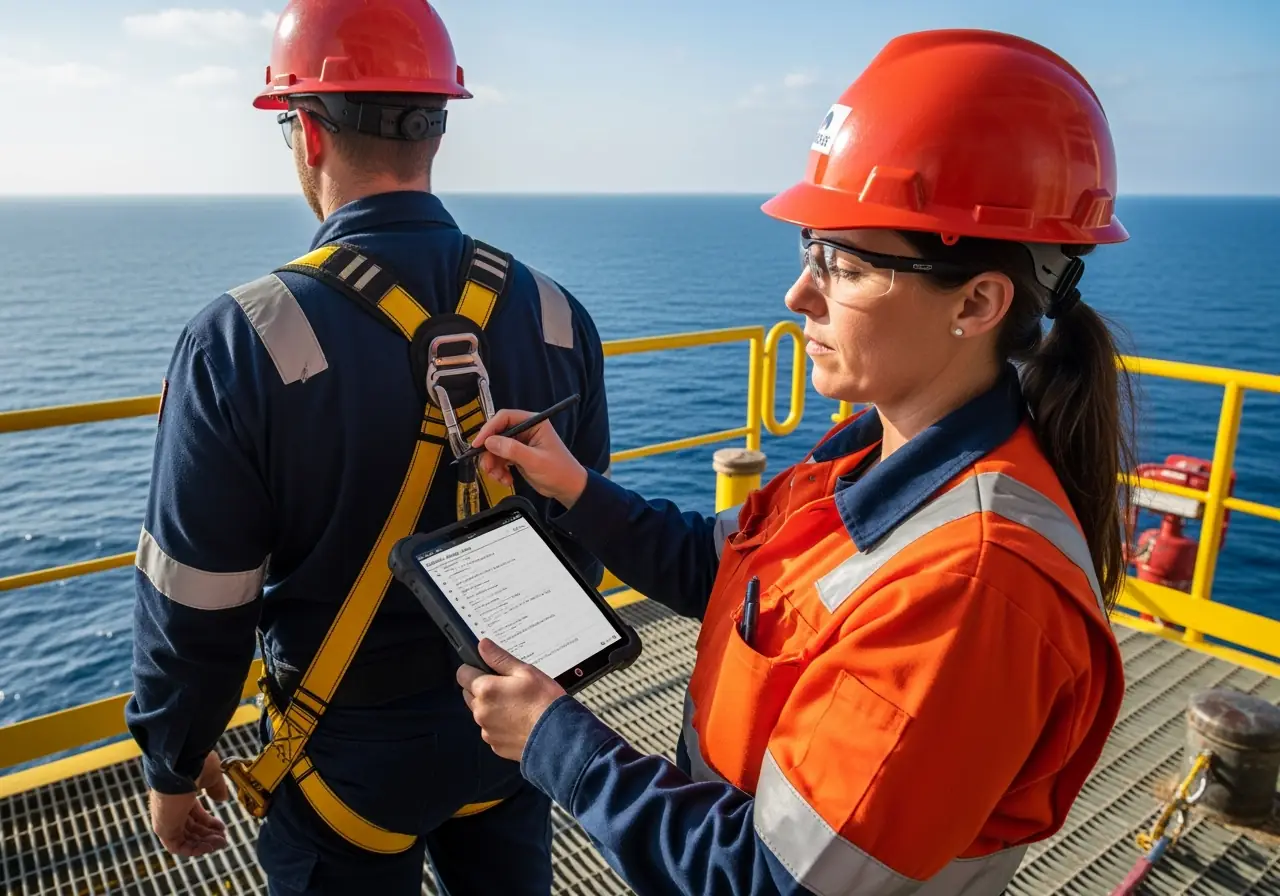
Training rig teams on oil rig protective equipment usage
Proper training programs should comprehensively cover selection, usage limitations, and maintenance requirements. Employers must ensure workers understand how to inspect equipment prior to each use - a critical step often overlooked. Training materials should include multilingual resources and visual guides, thus making safety protocols accessible to diverse workforces. Additionally, regular safety drills and H2S awareness training are essential components of a comprehensive safety program.
Turn PPE delivery into a competitive advantage. With MCH Parts' expertise in sourcing, logistics, and safety compliance, you can reduce downtime, lower costs, and safeguard your crew worldwide.
Conclusion
Transforming oil rig PPE delivery systems delivers powerful benefits that go far beyond cost reduction. In this guide, we’ve shown how offshore PPE logistics, global safety gear procurement, and digital inventory tracking can resolve the toughest supply chain challenges. By applying strategies such as regional warehousing, pre-shipment quality checks, predictive demand planning, and standardized oil rig safety gear kits, companies cut delivery delays, reduce expired PPE, and save millions annually.
Centralized supplier audits and contract renegotiation further strengthen global PPE supply chain management while ensuring compliance with OSHA, EU Regulation 2016/425, and international oil rig safety standards. Effective rig PPE distribution minimizes downtime, prevents stockouts, and protects offshore crews with certified safety gear when it matters most. With strong safety leadership, continuous improvement, and proactive global delivery strategies, organizations secure operational continuity, protect their workforce, and achieve lasting competitive advantage in offshore oil and gas operations.
Take the next step toward safer, smarter operations. MCH Parts can help you implement proven PPE delivery strategies, ensuring global compliance, minimizing downtime, and protecting your workforce with certified safety gear.
FAQs
Q1. What essential PPE do workers on offshore oil rigs typically wear? Workers on offshore oil rigs typically wear hard hats, safety glasses or goggles, flame-resistant clothing, anti-static clothing, safety harnesses, and protective footwear. Additional PPE may include respiratory protection, hand protection, hearing protection, and specialized gear based on specific job roles and hazards.
Q2. How do companies ensure timely delivery of PPE to remote offshore rigs? Companies use strategies like regional warehousing, emergency delivery services, and digital inventory tracking systems to ensure timely PPE delivery. They also implement predictive demand planning based on rig maintenance schedules to anticipate needs and prevent shortages.
Q3. What are some key challenges in managing PPE for offshore oil rigs? Major challenges include global delivery constraints, shelf-life limitations of safety gear, compliance with varying international regulations, and the need for specialized storage conditions in harsh offshore environments. These factors complicate inventory management and supply chain logistics.
Q4. How can oil companies optimize their PPE supply chain management? Companies can optimize PPE supply chains by centralizing supplier audits, conducting pre-shipment quality checks, implementing digital tracking systems, and automating reorder processes. Additionally, standardizing safety gear kits by job role helps streamline procurement and ensures workers have appropriate protection.
Q5. Why is proper training on PPE usage crucial for oil rig workers? Proper training is essential because it ensures workers understand how to select, use, and maintain their PPE correctly. This knowledge is critical for maximizing protection against workplace hazards, complying with safety regulations, and preventing accidents in the high-risk offshore environment. Regular safety drills and specific training like H2S awareness are also crucial components of a comprehensive safety program.
Read More
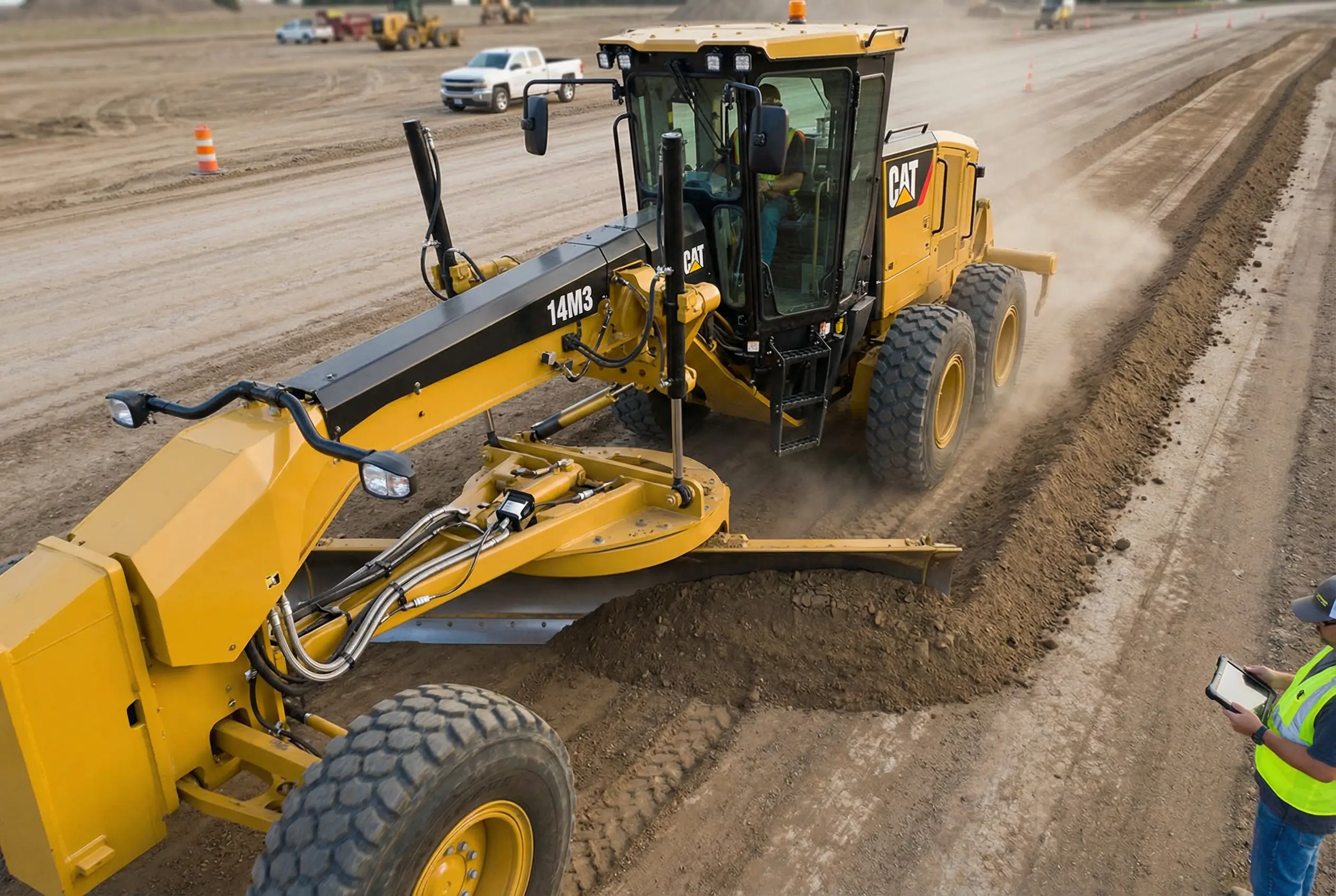
Motor Grader Predictive Diagnostics: Prevent Hydraulic Failures & Reduce Downtime
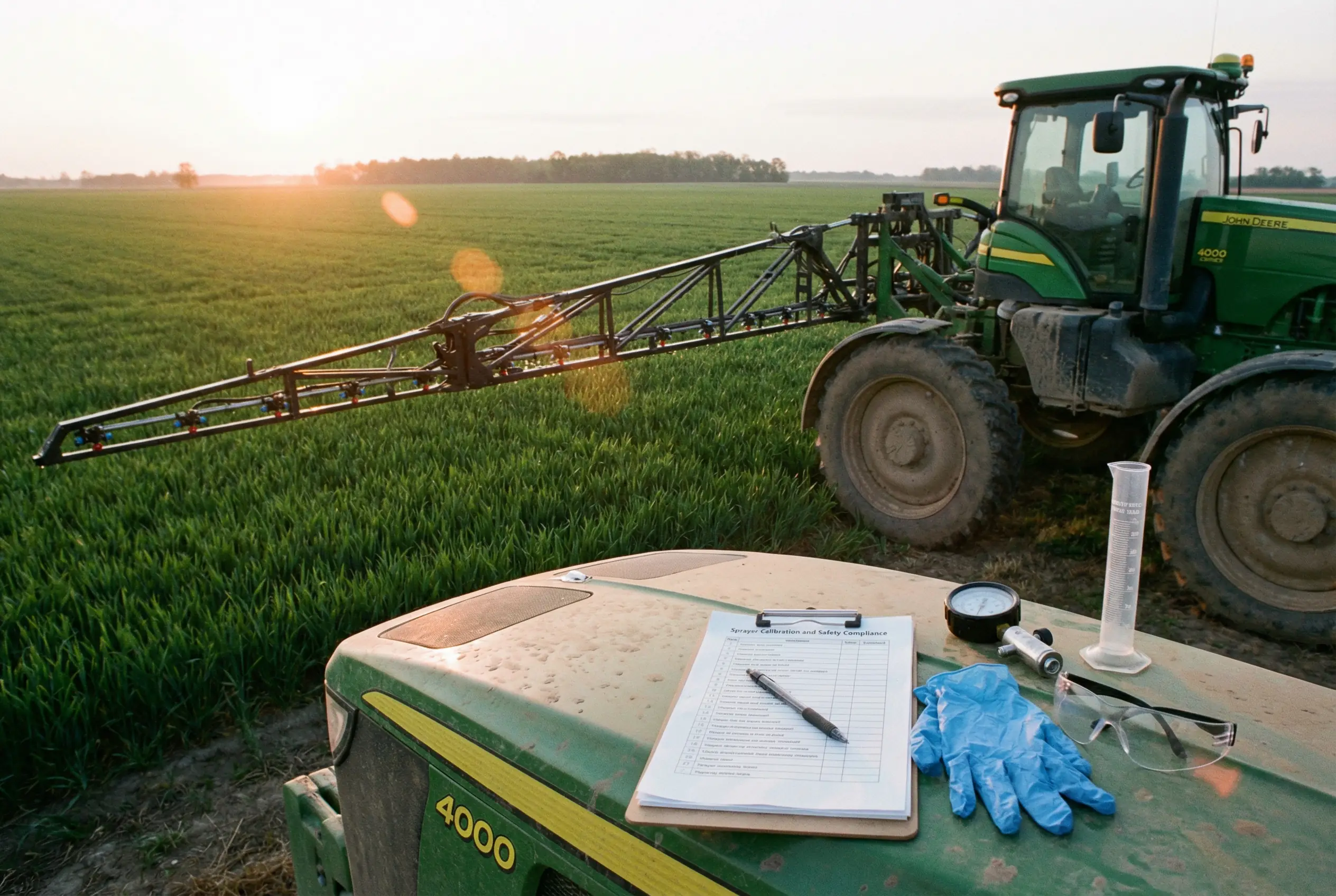
Pesticide Sprayer Calibration: Essential Safety Compliance Guide & Protection

Seeder Bearing Parts Sourcing Guide: Critical Components & Strategy
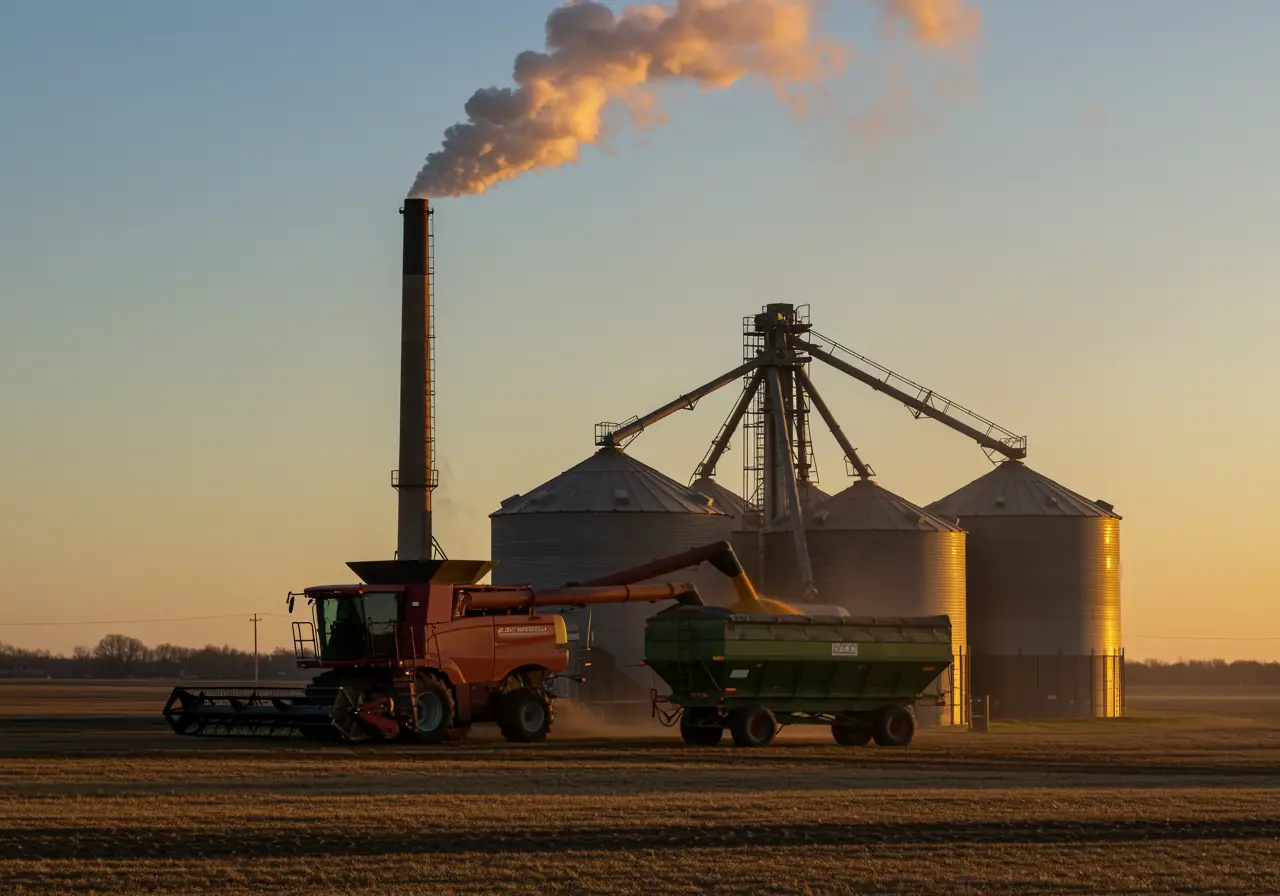
Downtime Prevention Through Smart Inventory for Grain Dryers
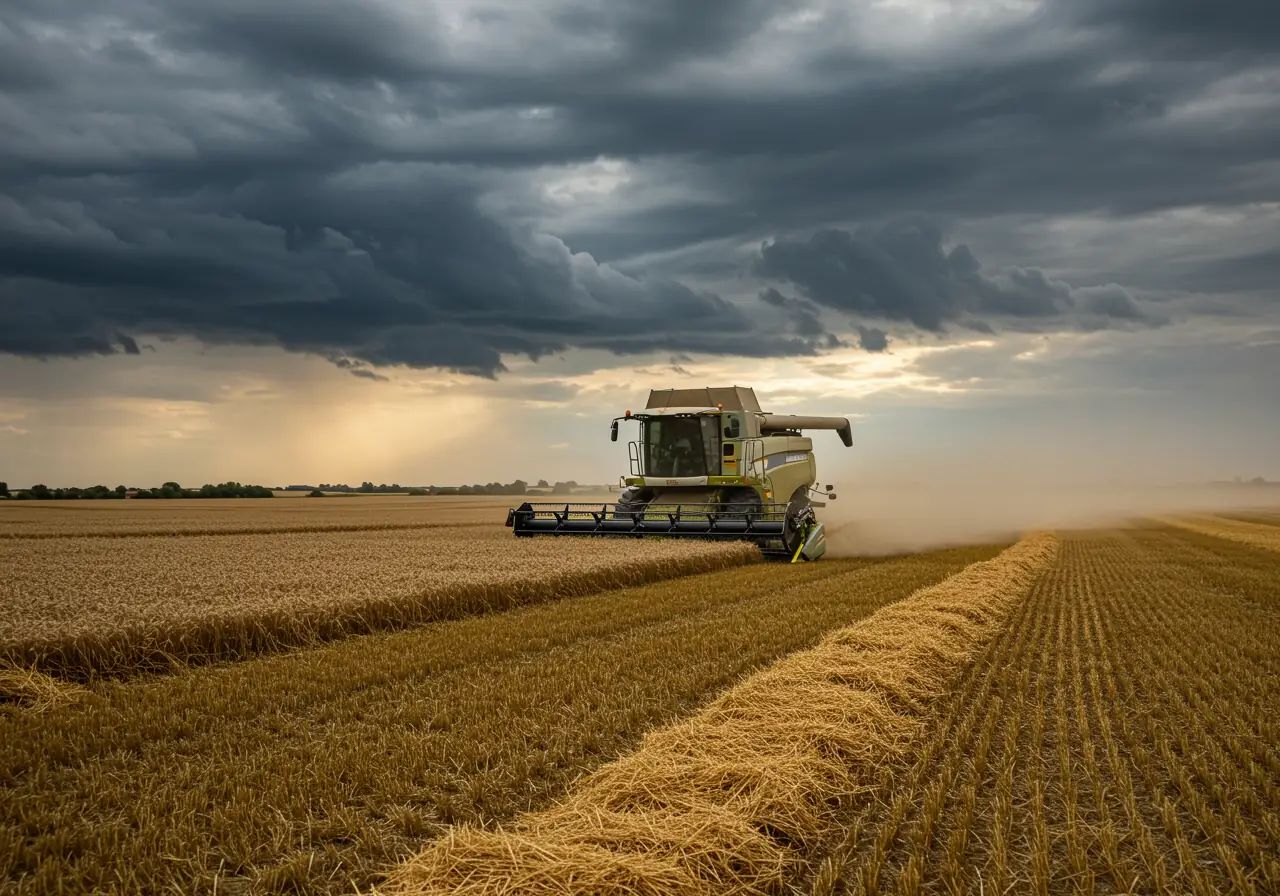
Combine Harvester Breakdown Prevention Guide: Predictive Analytics for Zero Downtime
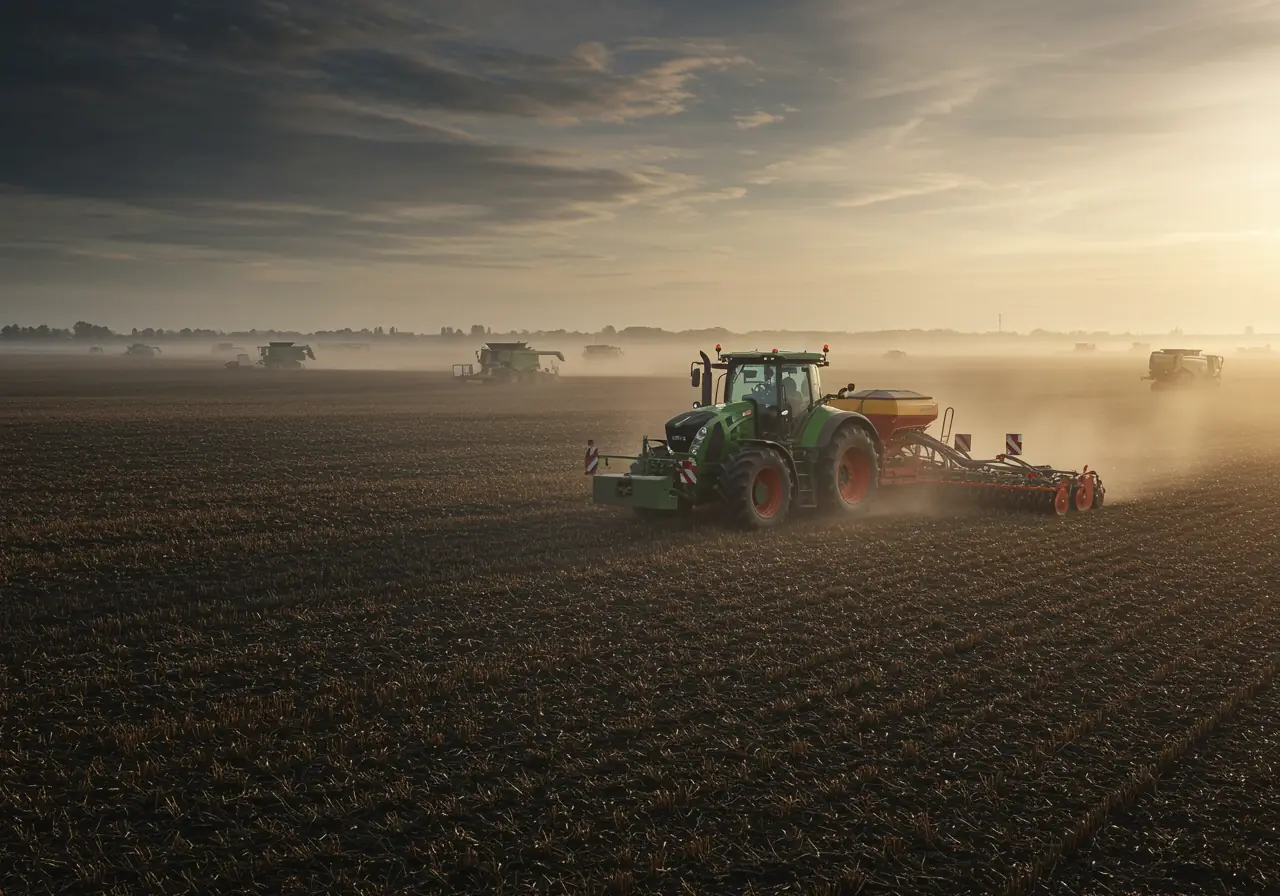
Master Global Agricultural Parts Delivery | Mid-Season MRO Guide

Fixing Haul Truck Downtime Issues: Remote Parts Strategy Guide 2025

Blasting Equipment Safety Compliance: Must-Know Audit Requirements for 2025
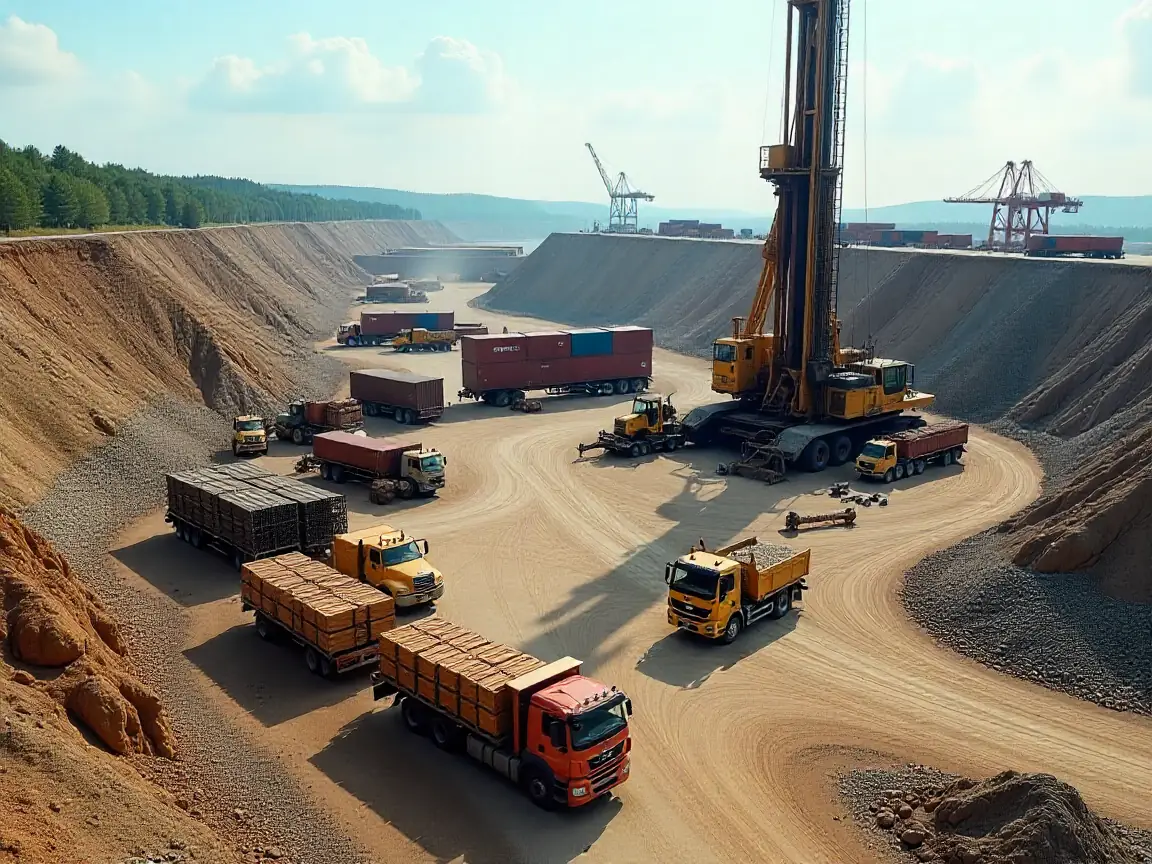
The Step-by-Step Guide to Global Drill Rig Consumables Sourcing

Mining Conveyor Maintenance Guide: Detecting Hidden Risks in Underground Systems
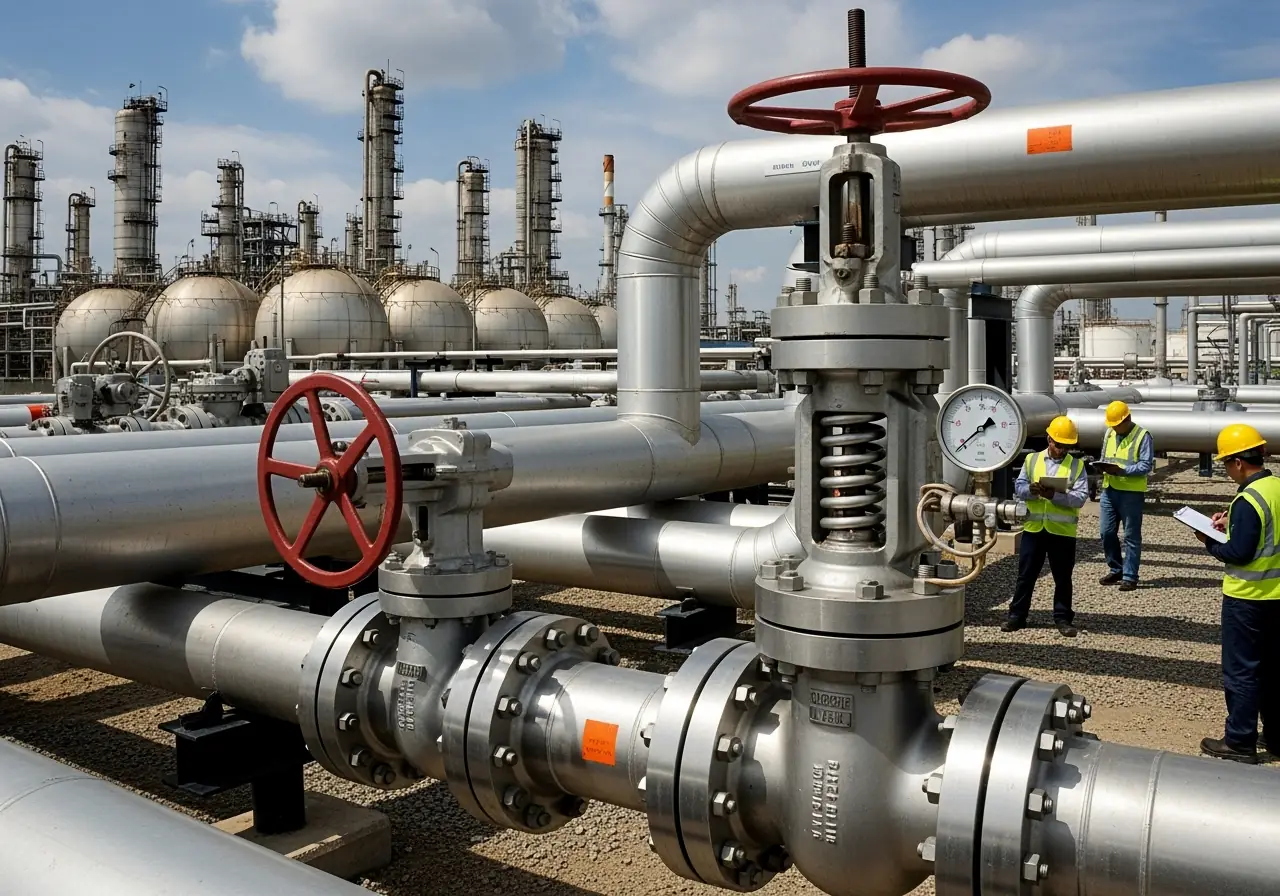
Best Practices for Certified Pipeline Valve Selection: From Specs to Installation

Optimizing Oil Rig PPE Delivery: Proven Strategies That Saved $2M Annually
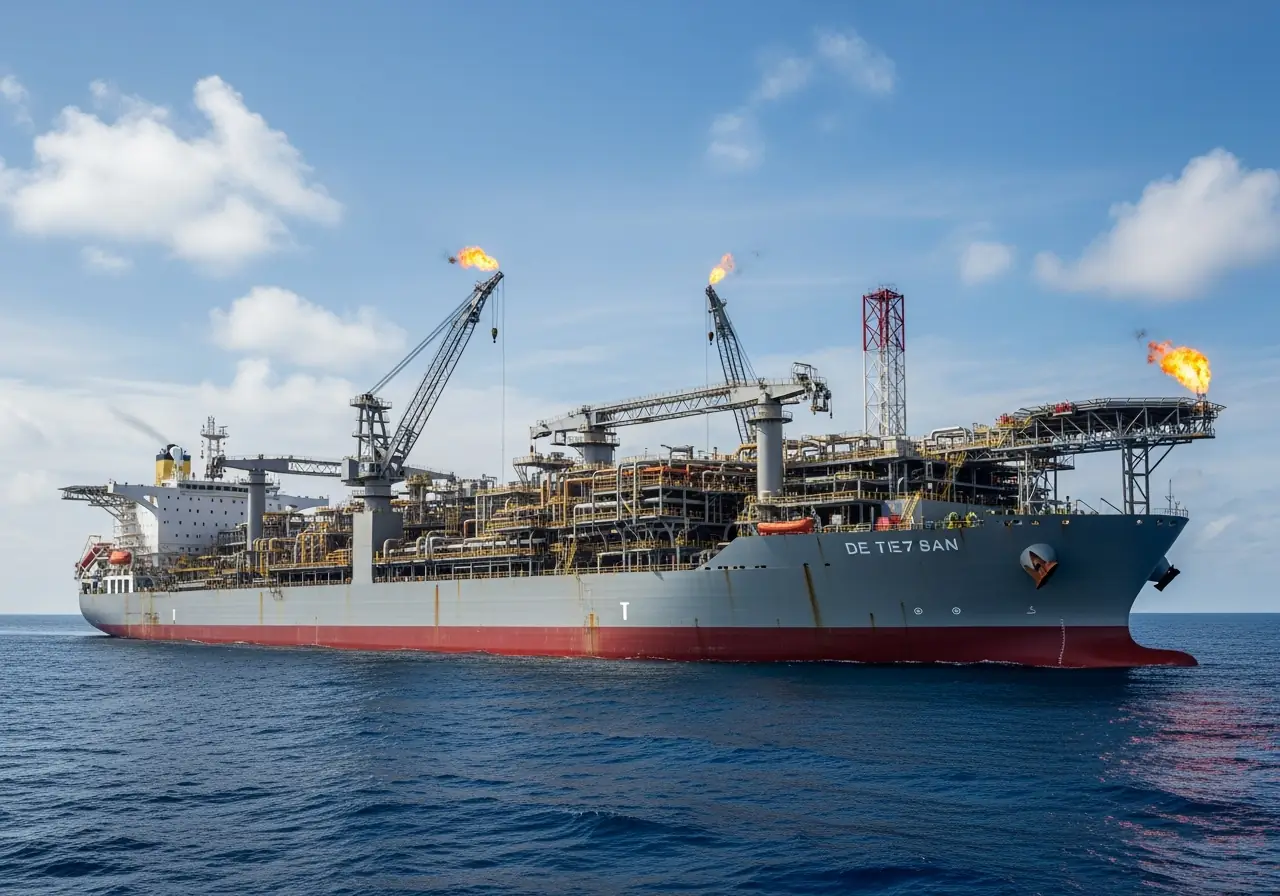
FPSO Smart Parts Planning: Proven Methods to Cut Downtime
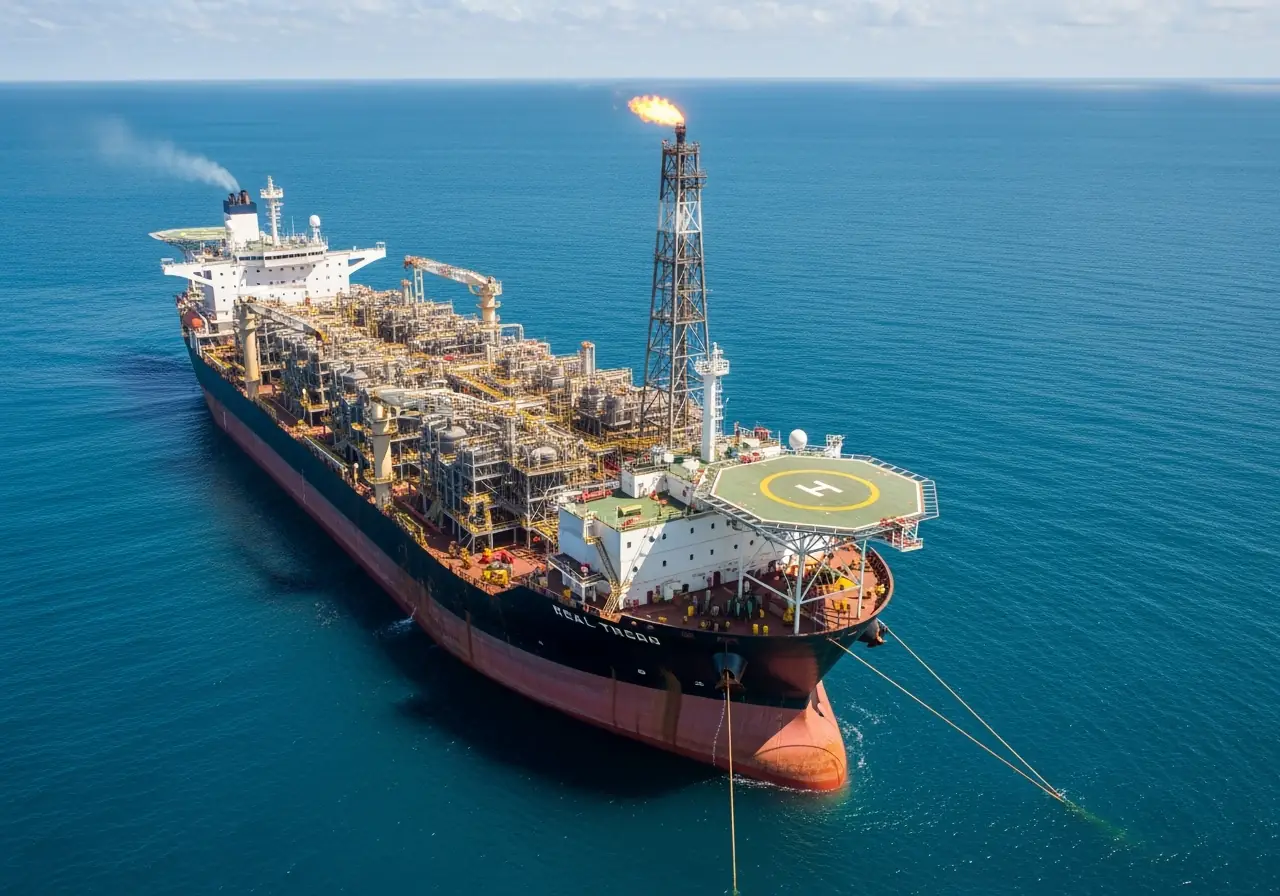
How FPSO Inspection Prevents Million-Dollar Shutdown Losses

Fix It Before It Breaks: A Farmer's Guide to Combine and Harvester Maintenance

Why Fast Tractor Parts Delivery is Changing Modern Farming [2025 Guide]

The Critical Farm Equipment Replacement Parts You Need Before Harvest 2025
.webp)
How to Double Your Farm Efficiency: Expert Guide to Smart Scaling
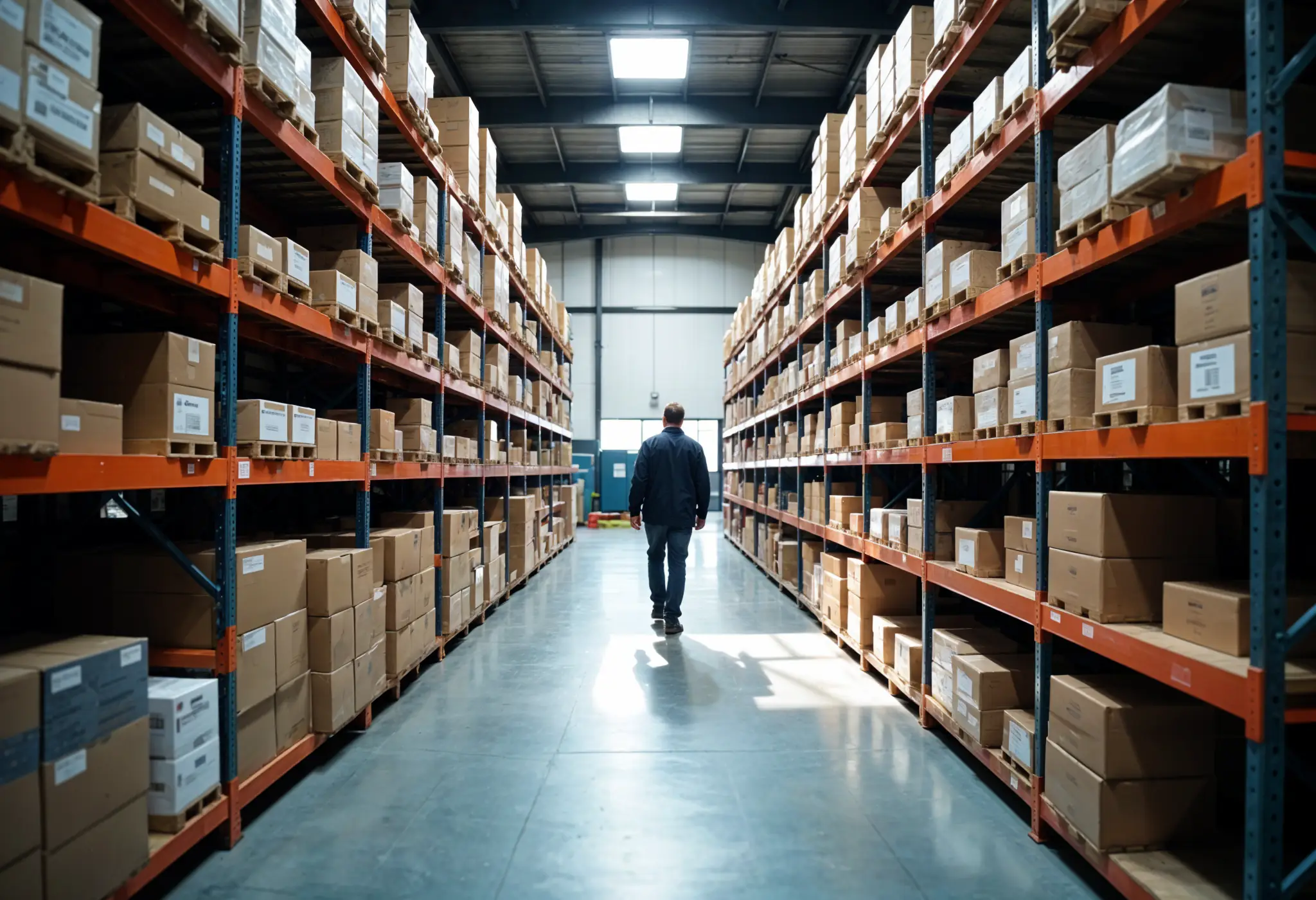
Cut Costs by 30%: Pre-Season Spare Parts Audit Checklist

Proven Success Factors for Agricultural Equipment Manufacturers in 2025
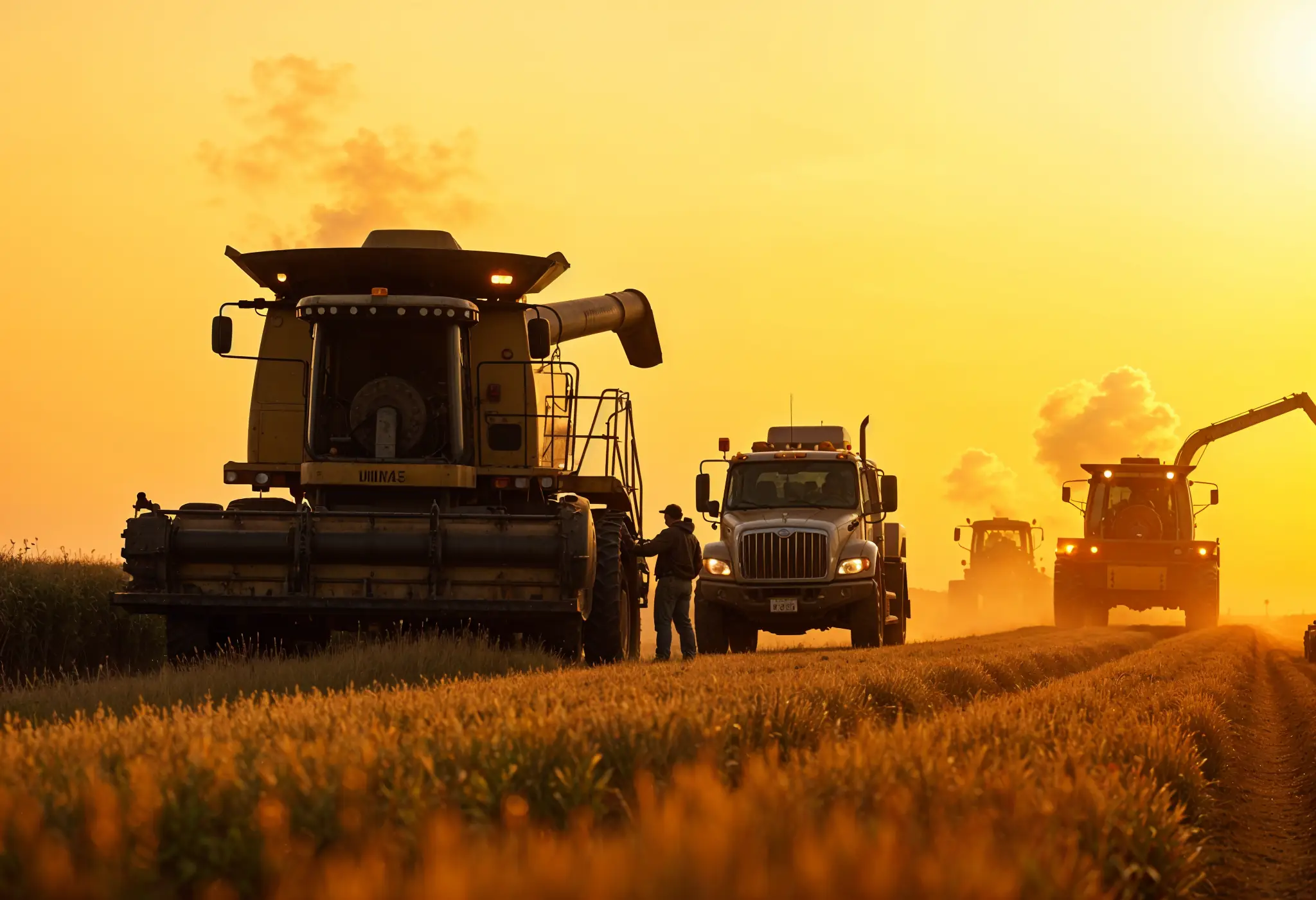
13 Overlooked Farm Spare Parts That Halt Operations — Pt. 2
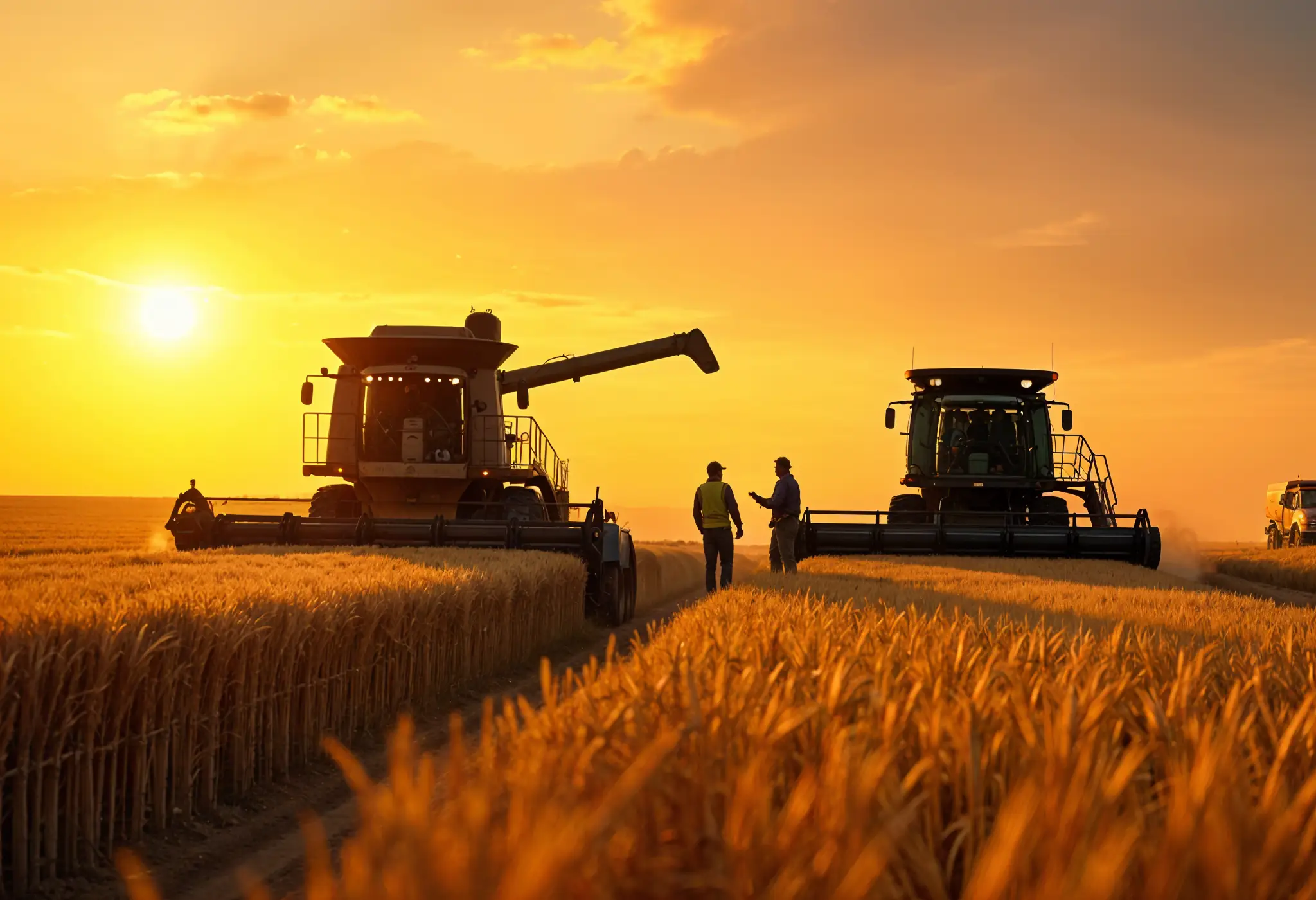
13 Overlooked Farm Spare Parts That Halt Operations — Pt. 1
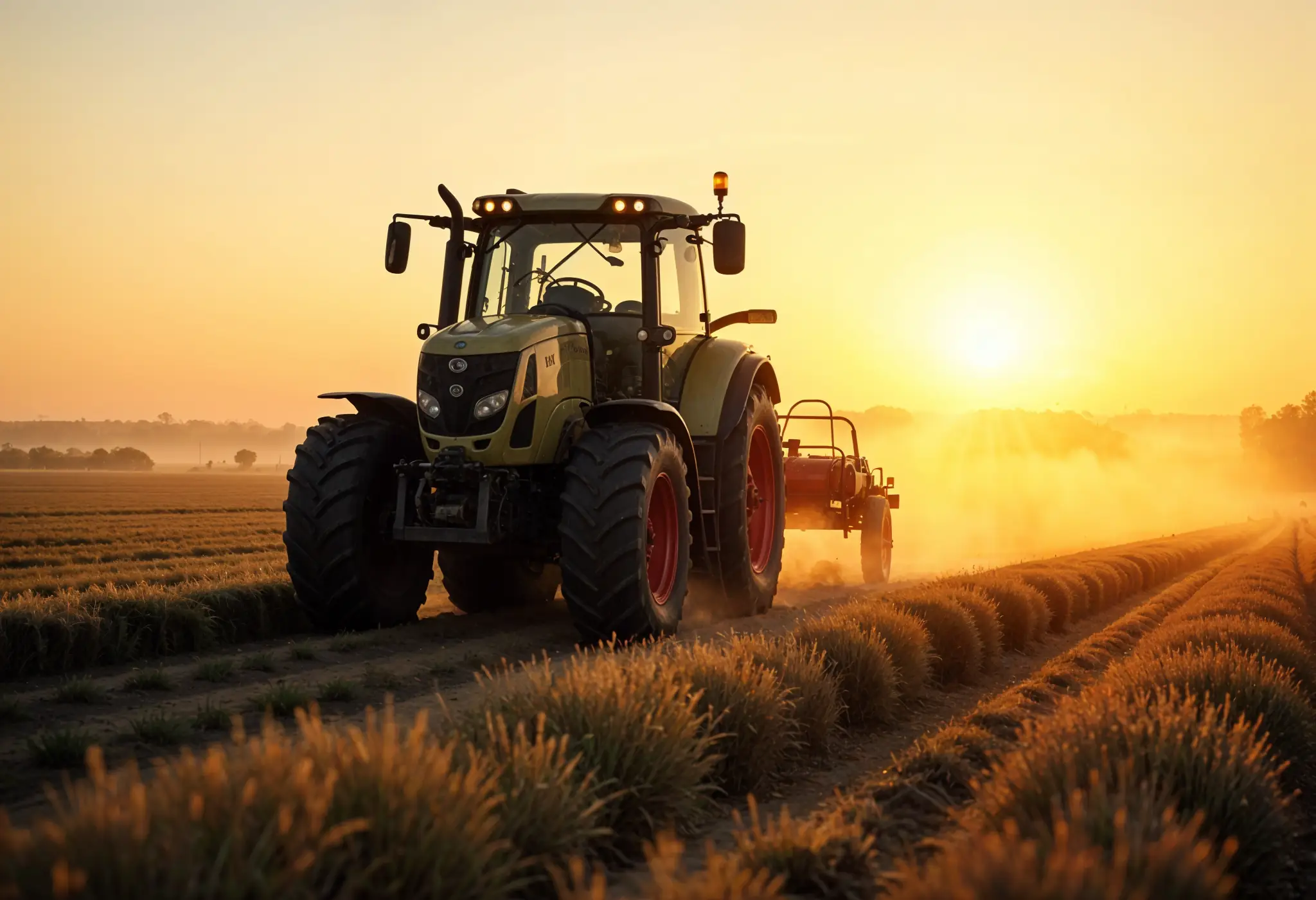
Top Hydraulic Components for Agricultural Equipment in 2025: Complete Guide
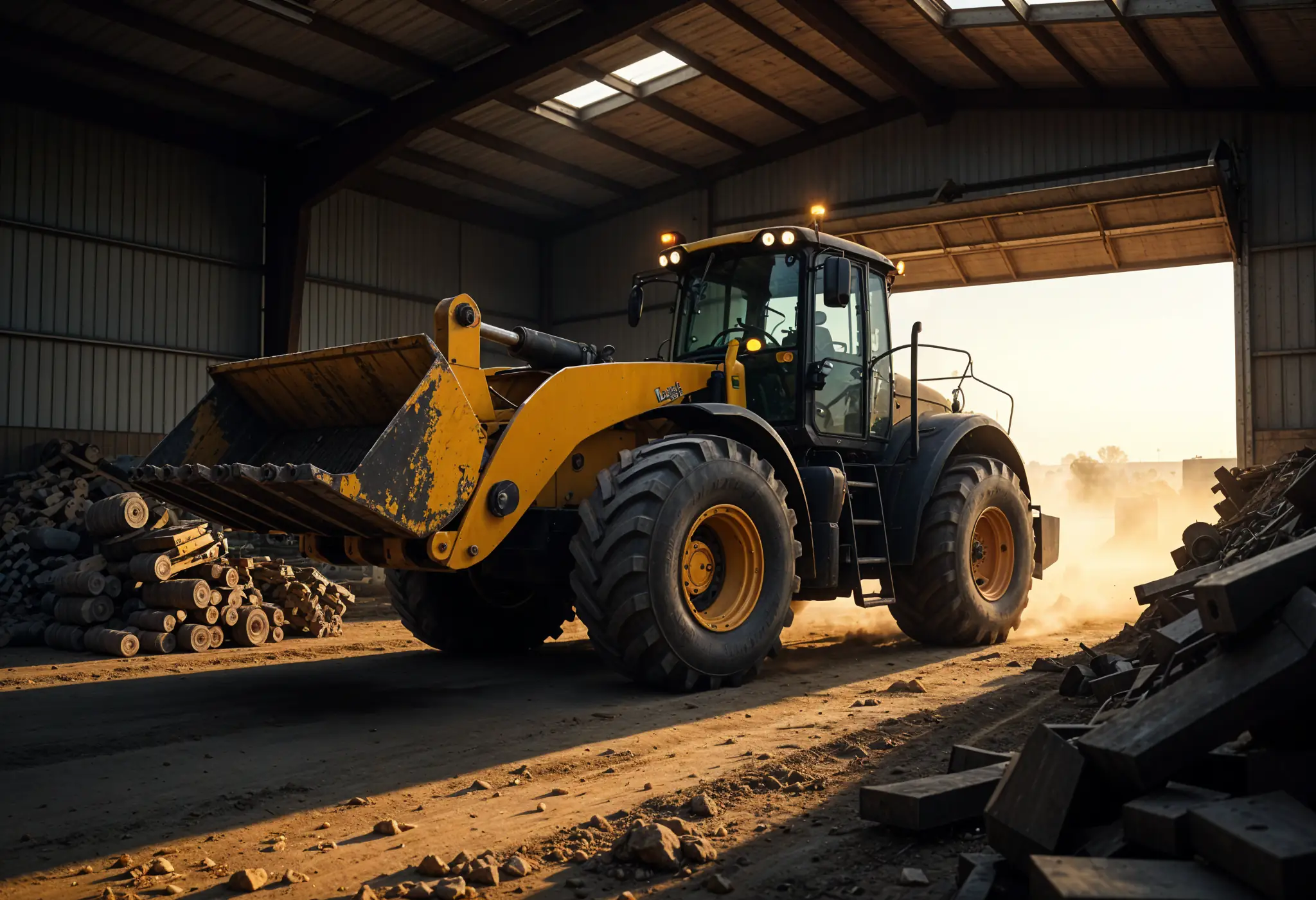
The Essential Farm Equipment Parts You Can't Afford to Run Out Of
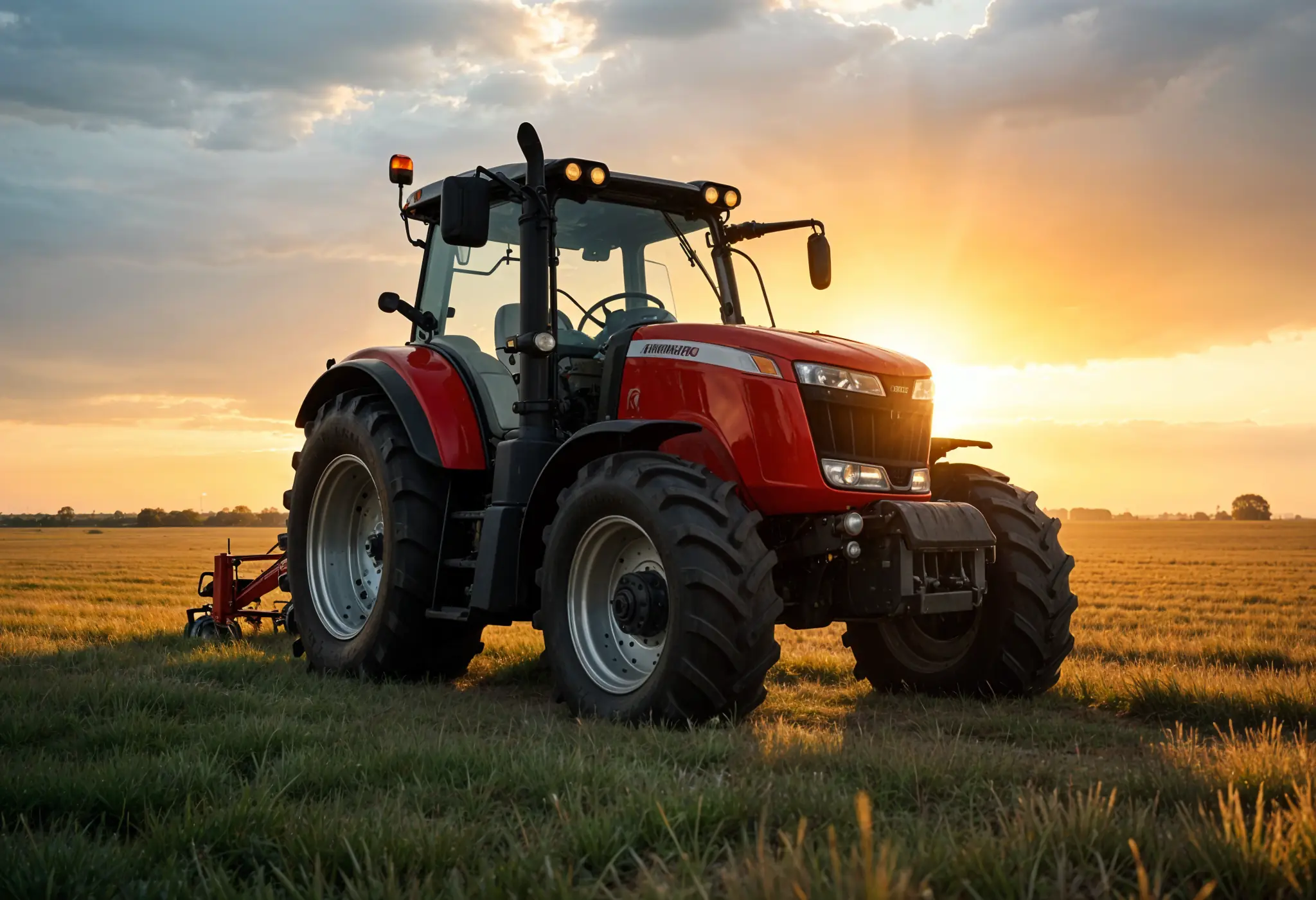
How to Service Farm Equipment: A Farmer's Guide to Zero Harvest Downtime
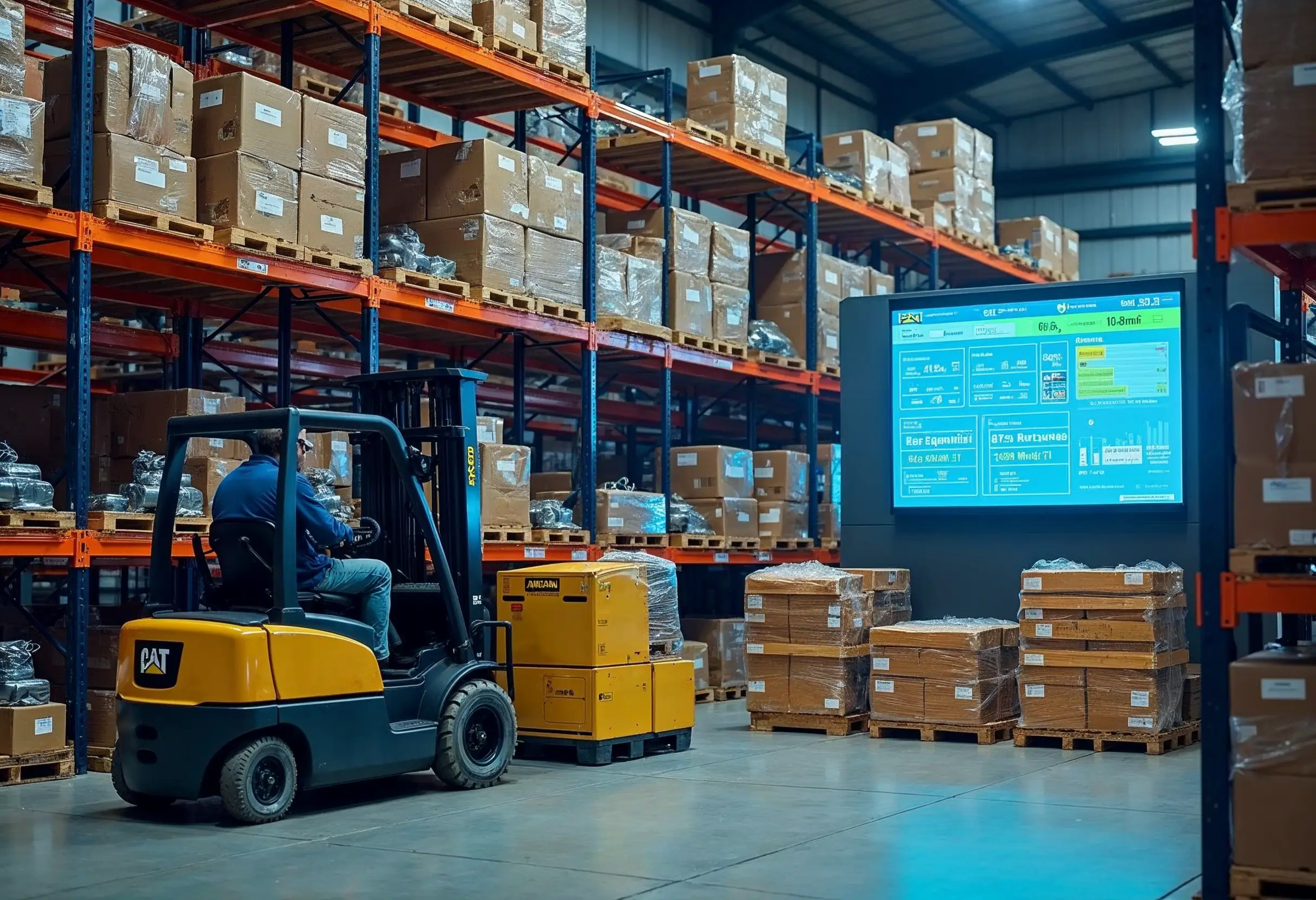
Construction Machinery Parts Suppliers: Expert Selection Guide
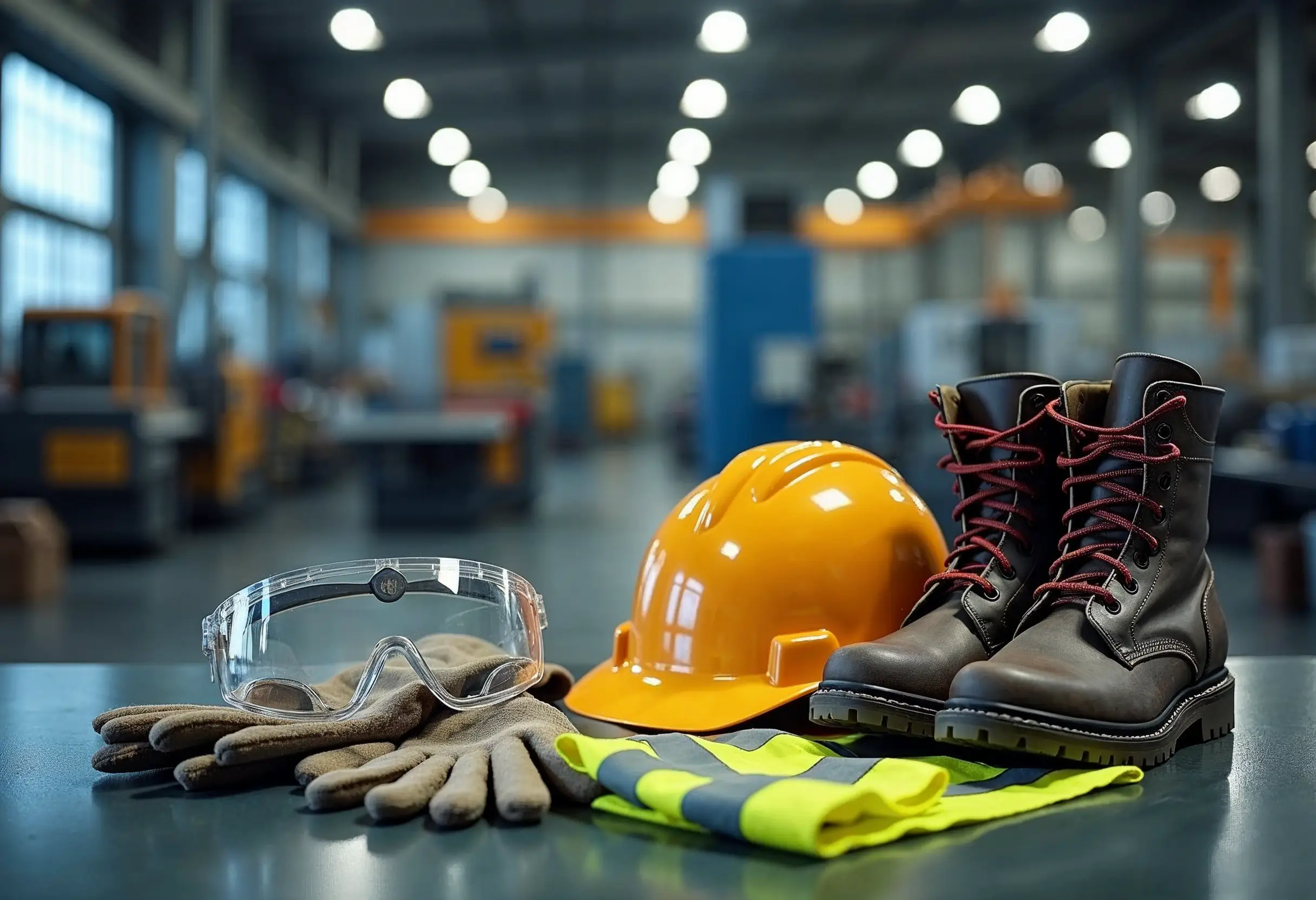
How to Apply Machine Safety Rules: From Selection to Installation

Smart Diagnostics Cut Heavy Equipment Failures by 73%

5 Ways to Assess the Environmental Impact of Heavy Construction Machinery
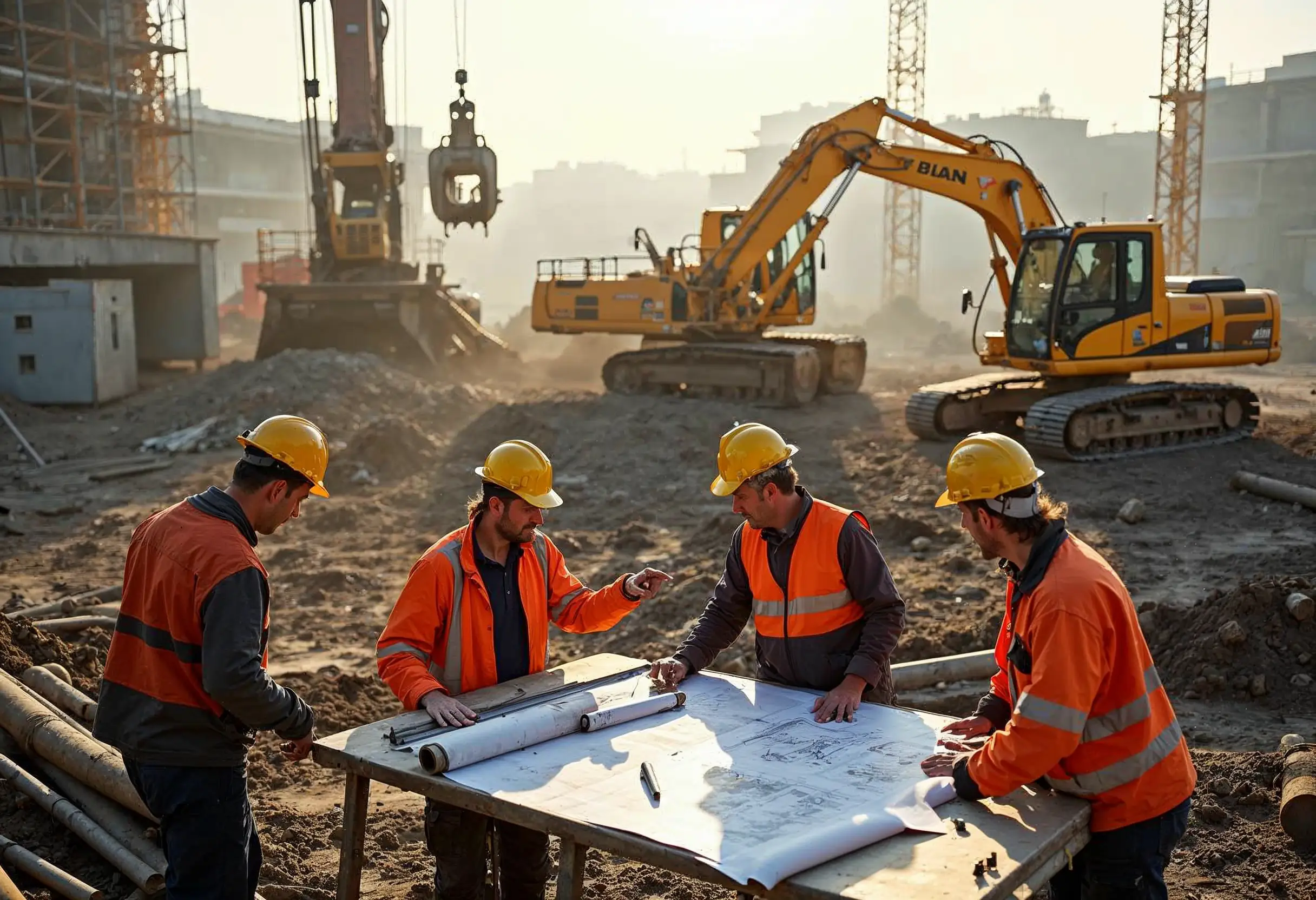
10 Smart Ways to Pick Construction Machinery for 2025 Projects
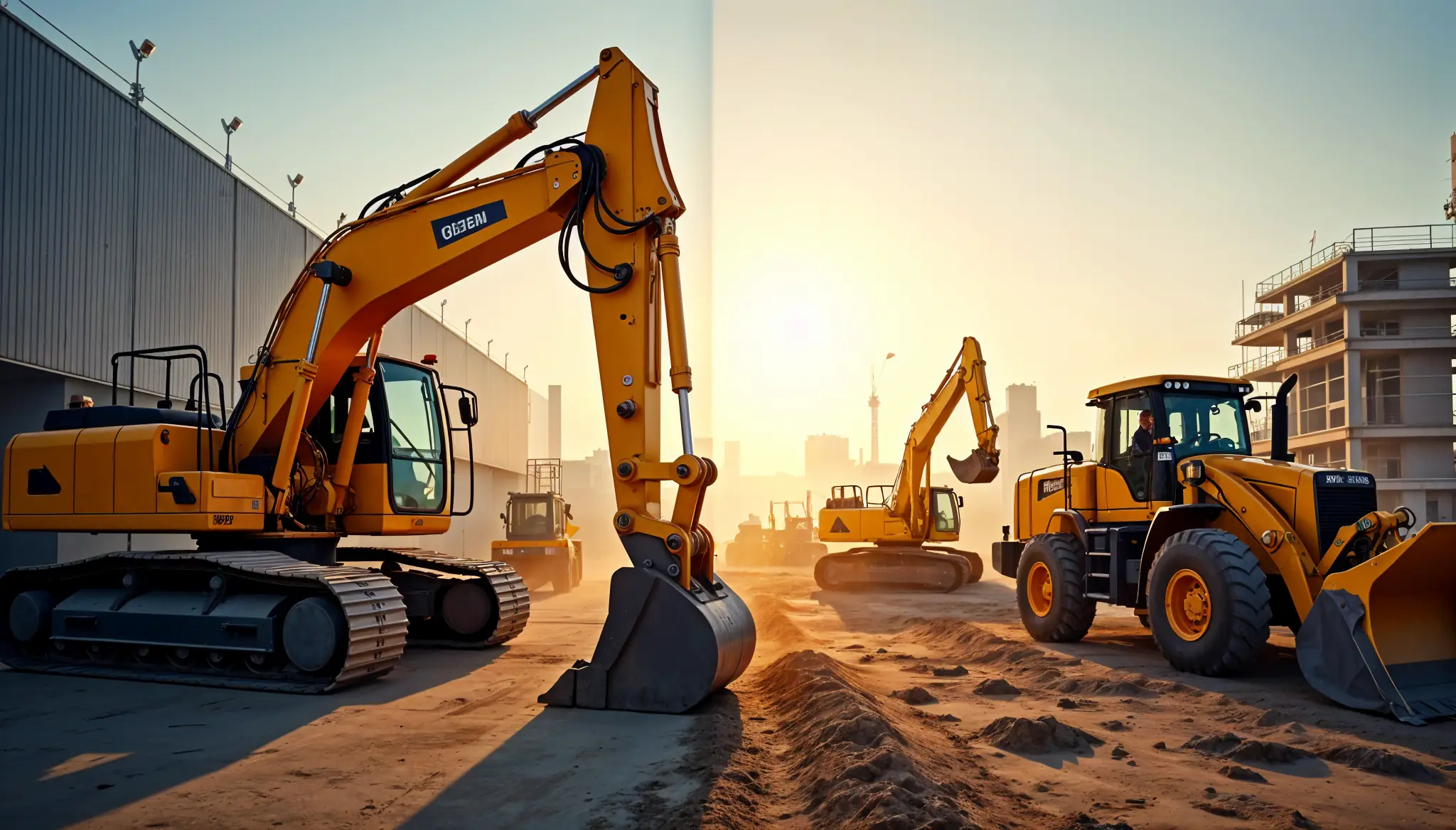
Rent vs Purchase Equipment: What Heavy Industry Experts Hide

How to Implement a Construction Inventory Management System for Equipment Efficiency
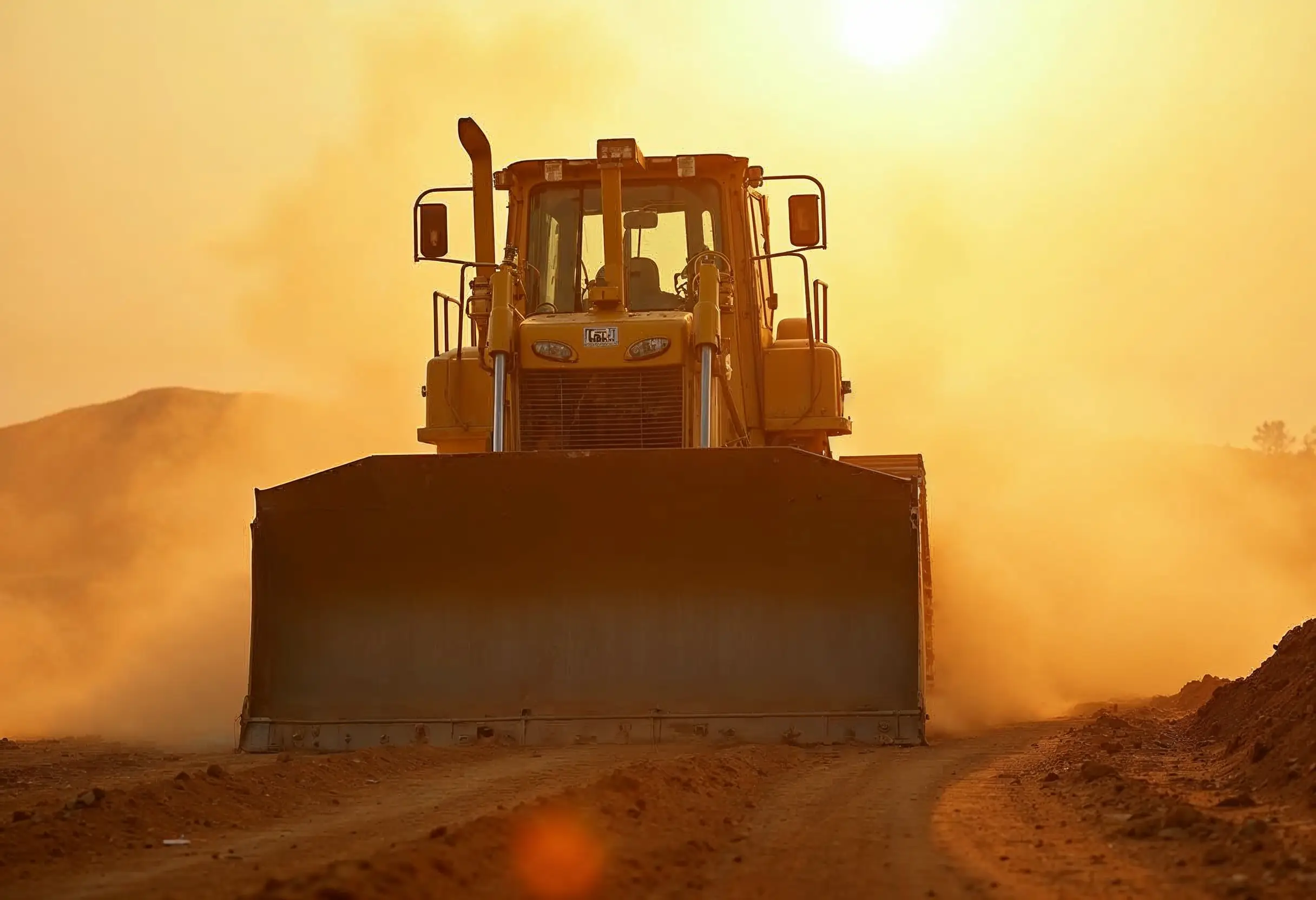
How to Extend Equipment Life Expectancy with Regular Maintenance
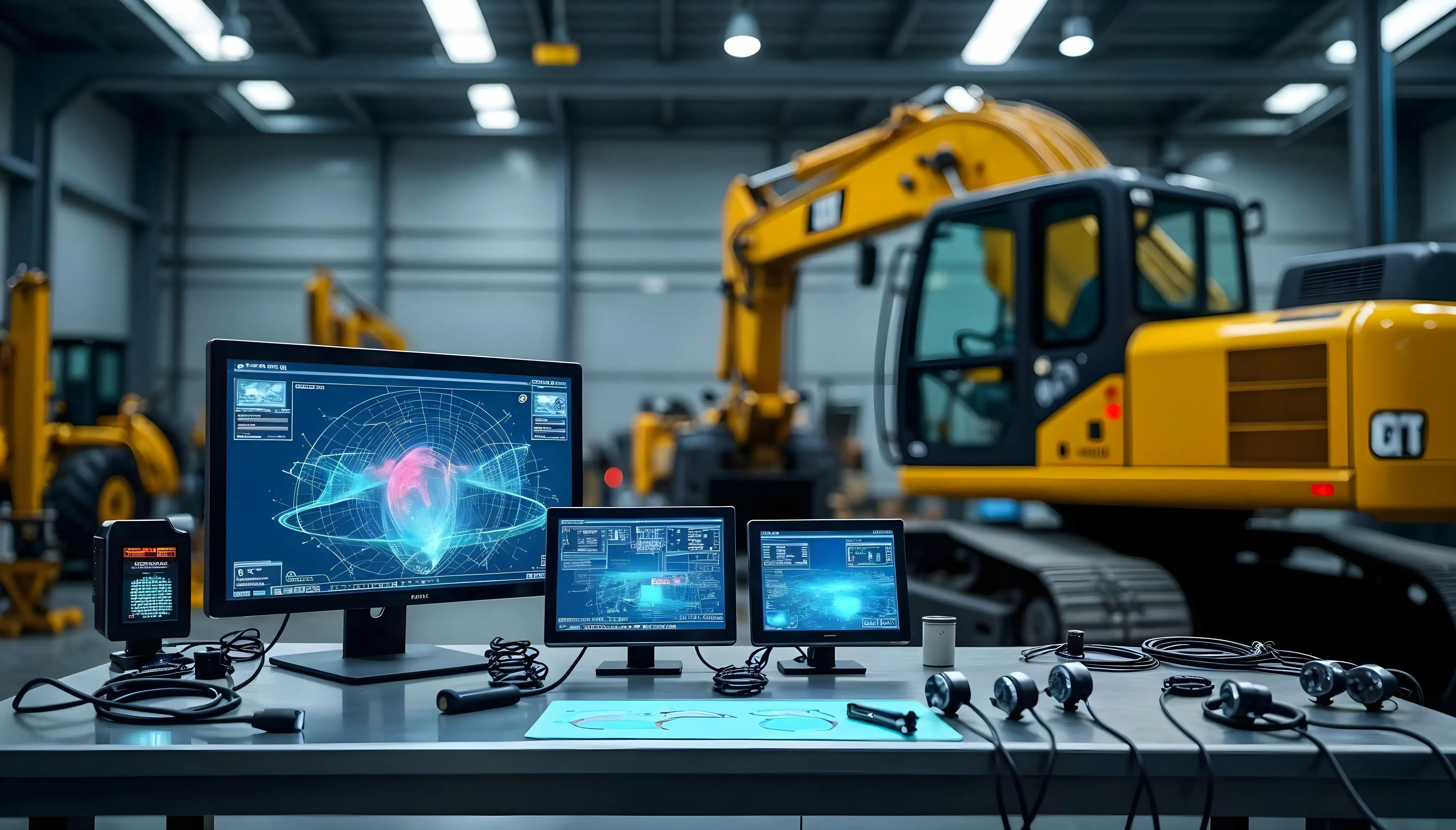
Advanced Heavy Equipment Diagnostic Tools: Ensuring Construction Machinery Quality
Essential Features Your Construction Equipment Inventory System Needs
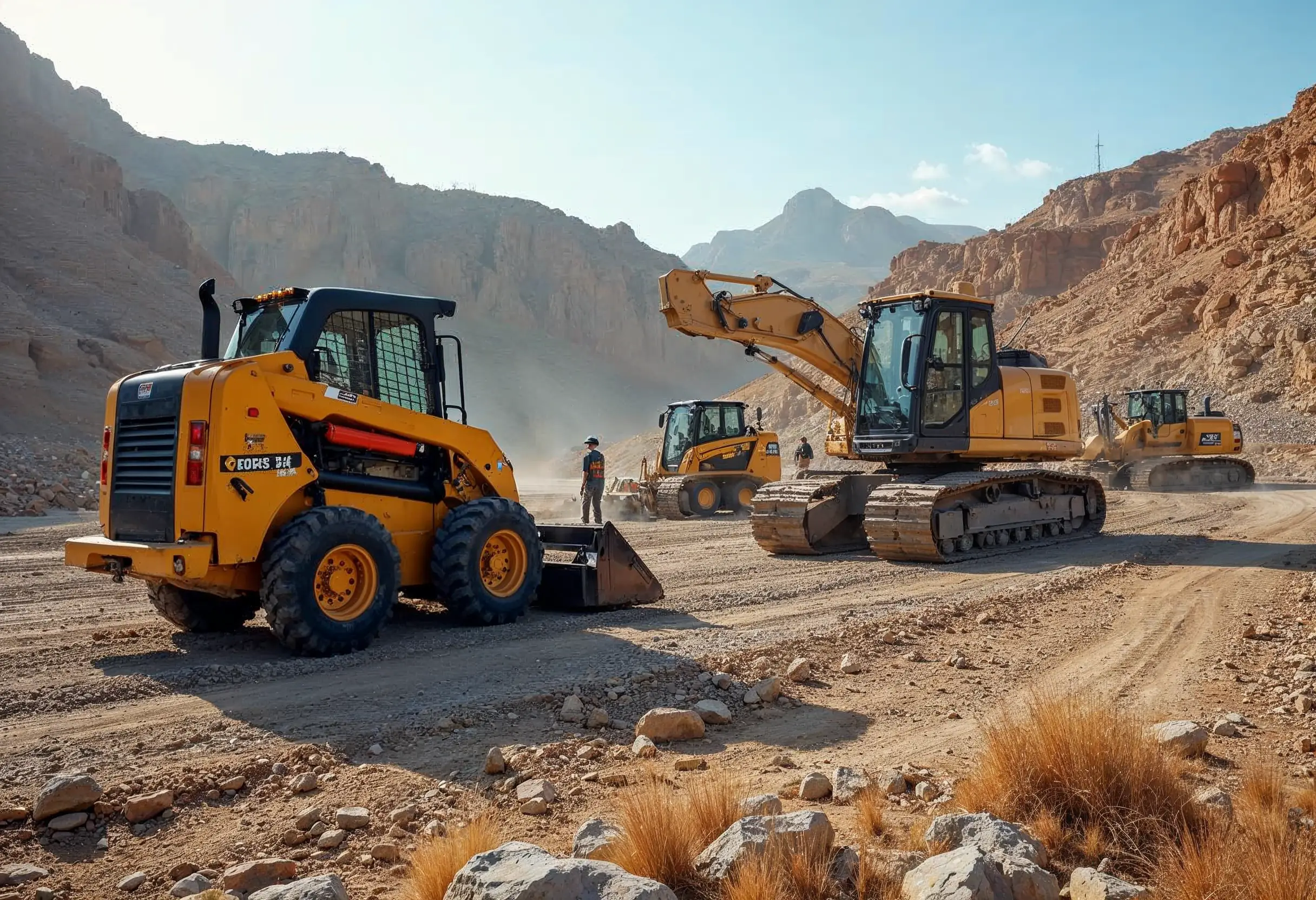
29 Quick Tips for Choosing Construction Equipment for Remote Locations
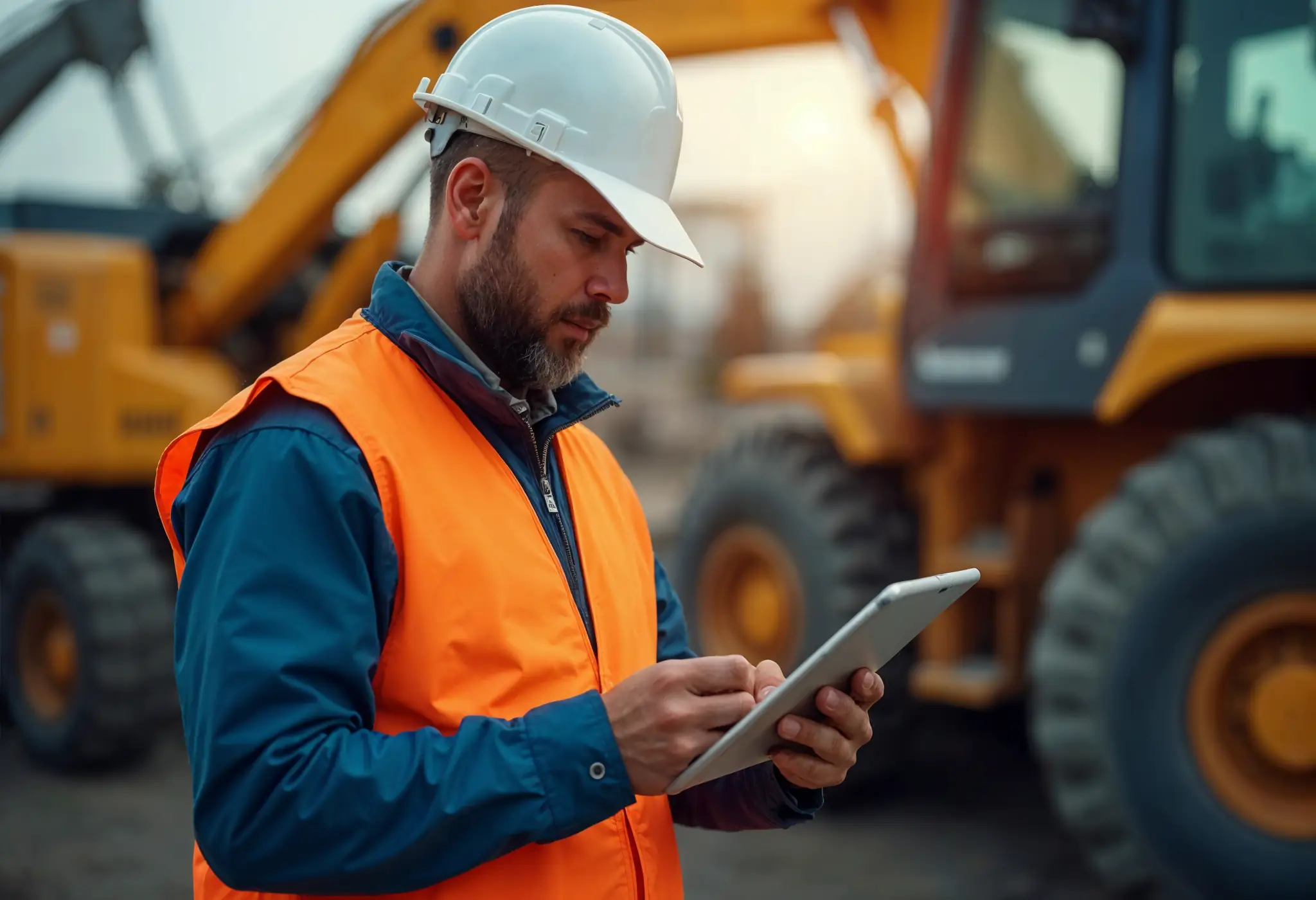
How to Select Construction Machinery with Optimal Equipment Maintenance in Mind

Top 25 Tips for Selecting Bulldozers for Construction Sites
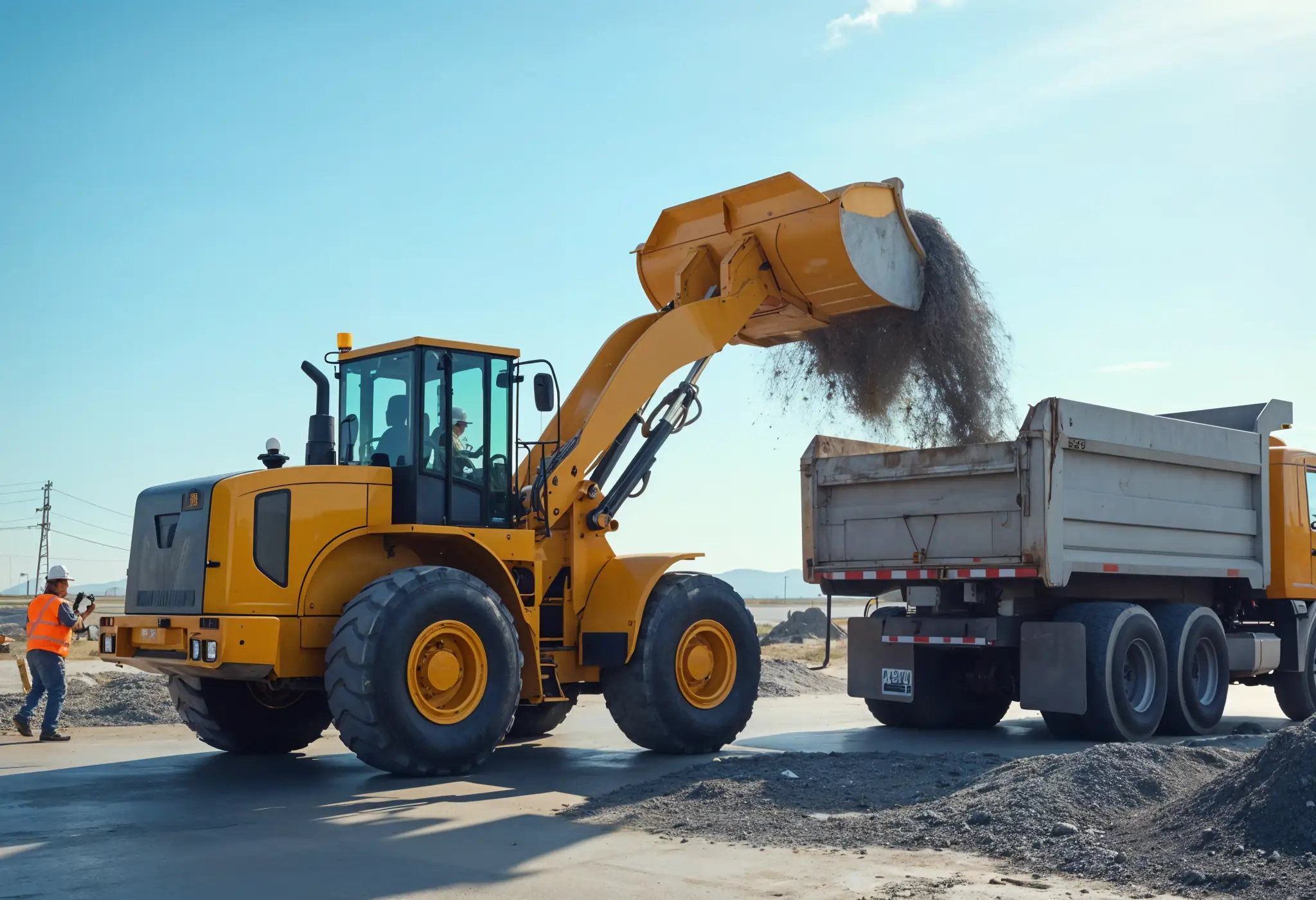
Which Construction Loader is Best for Your Project Needs?

4 Key Steps to Form a Construction Machinery QC Team

15 Essential Tips for Selecting the Perfect Crane for Construction
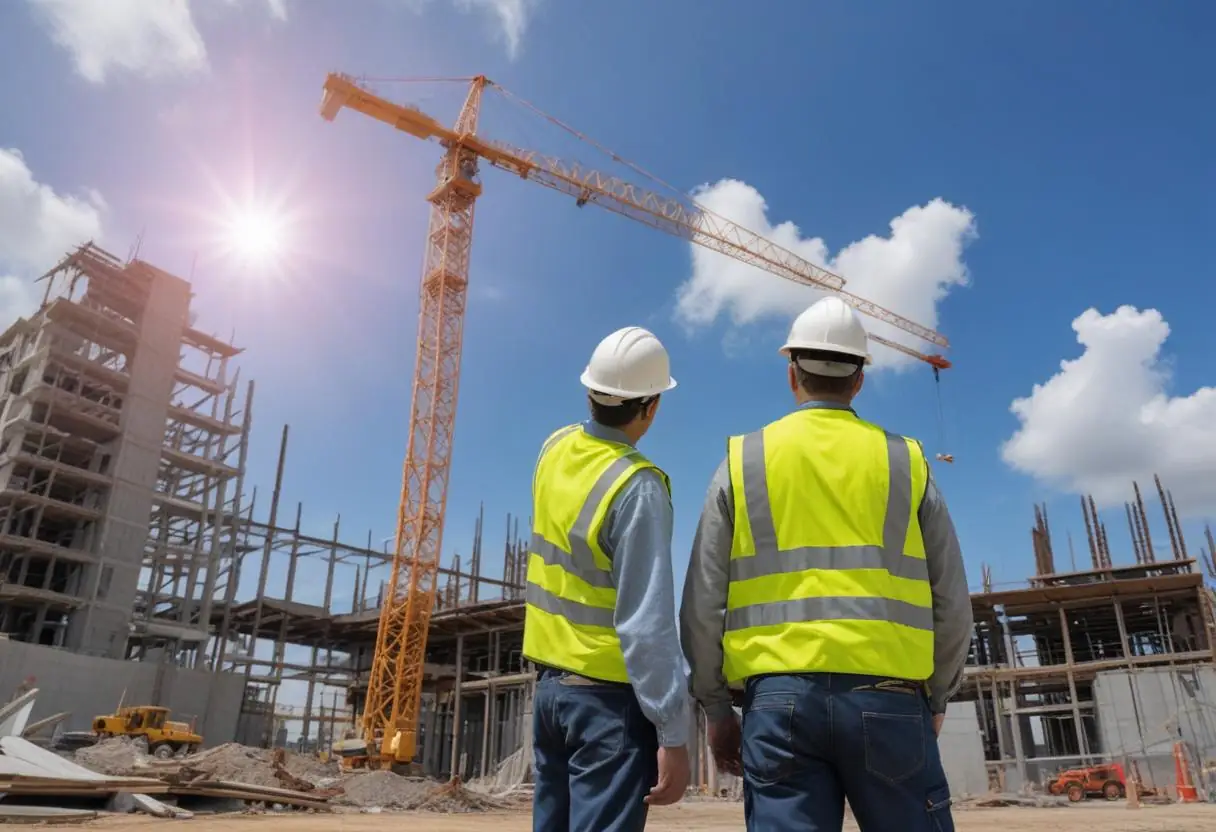
Maximize Savings: Multi-Purpose Construction Machinery for Lower Costs

Affordable Heavy Equipment Parts: A Sourcing Guide
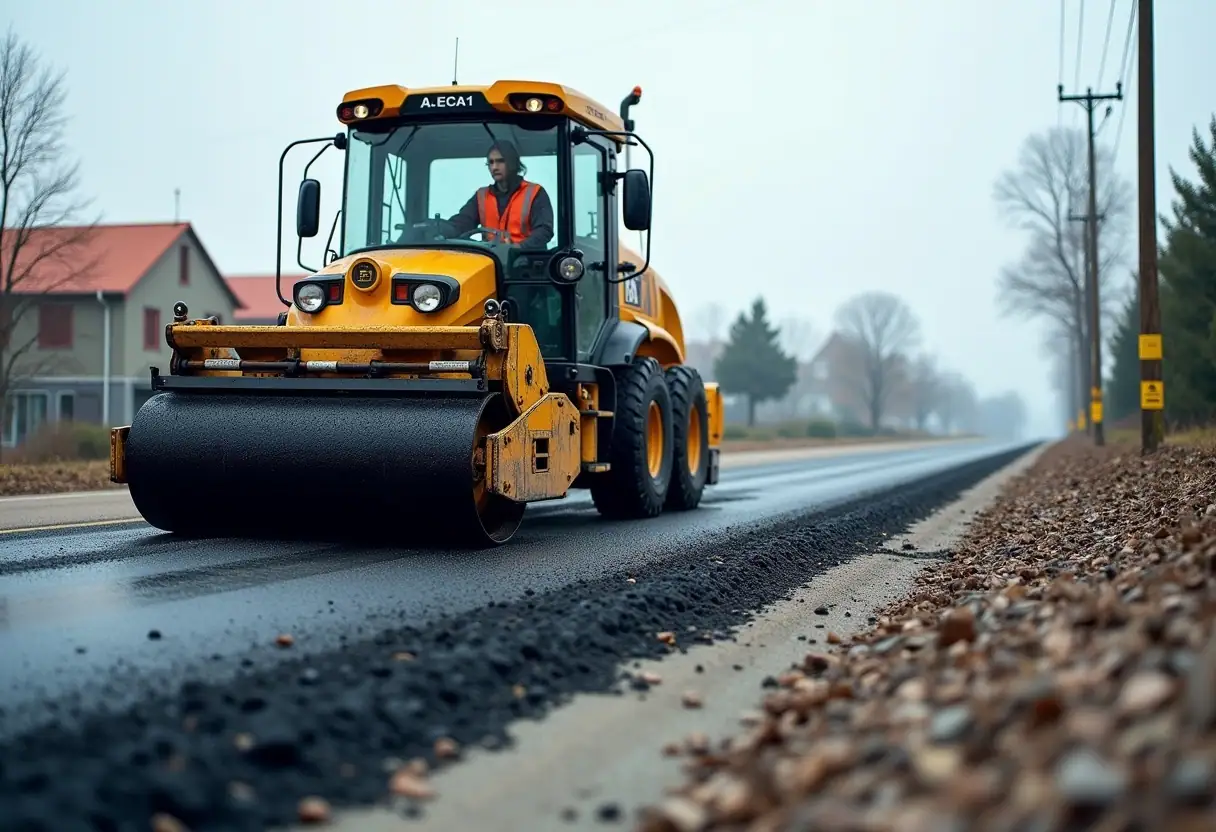
Choosing the Right Road Construction Equipment: A Complete Guide
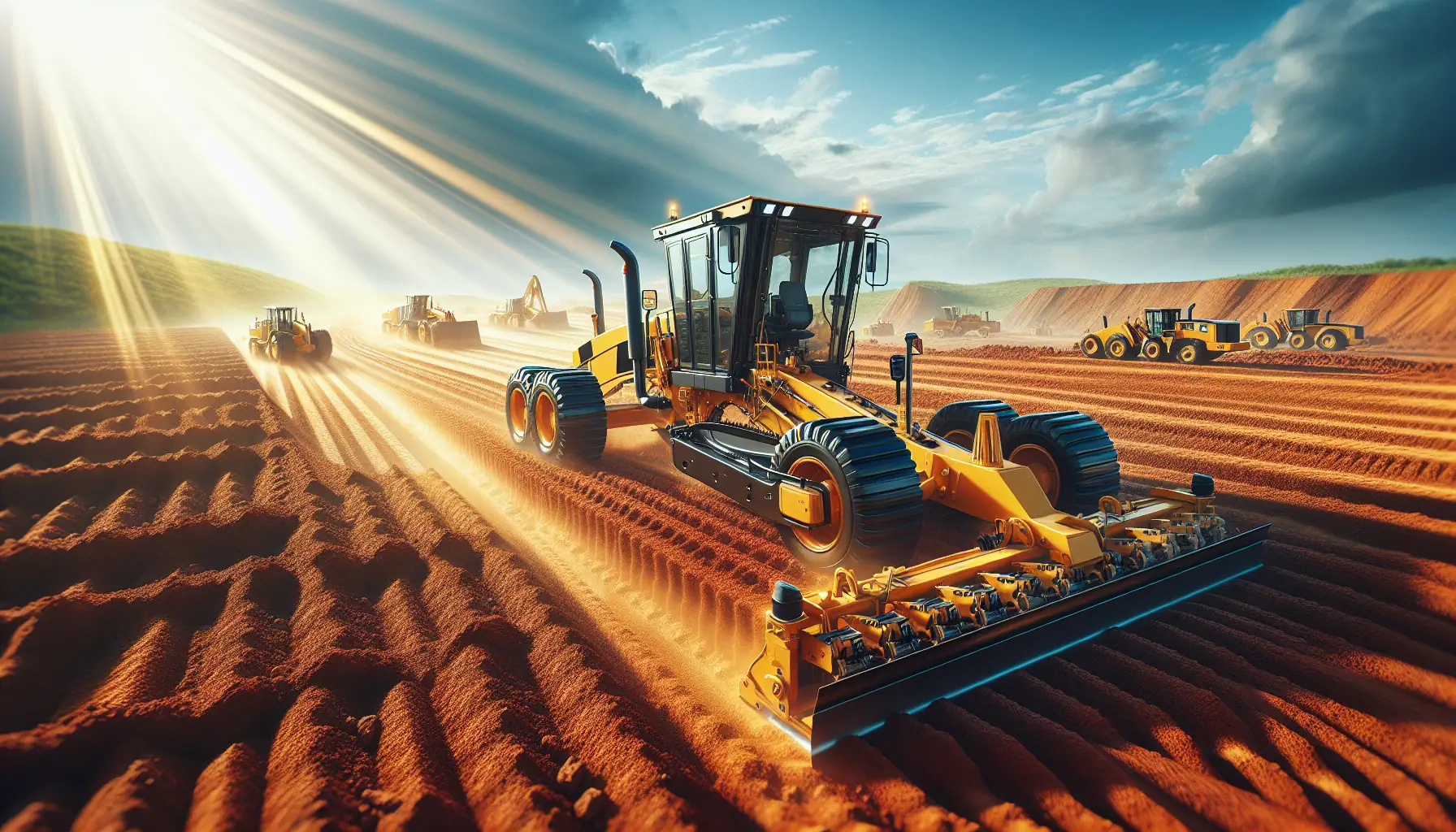
Motor Graders: Key Elements to Consider for Optimal Selection
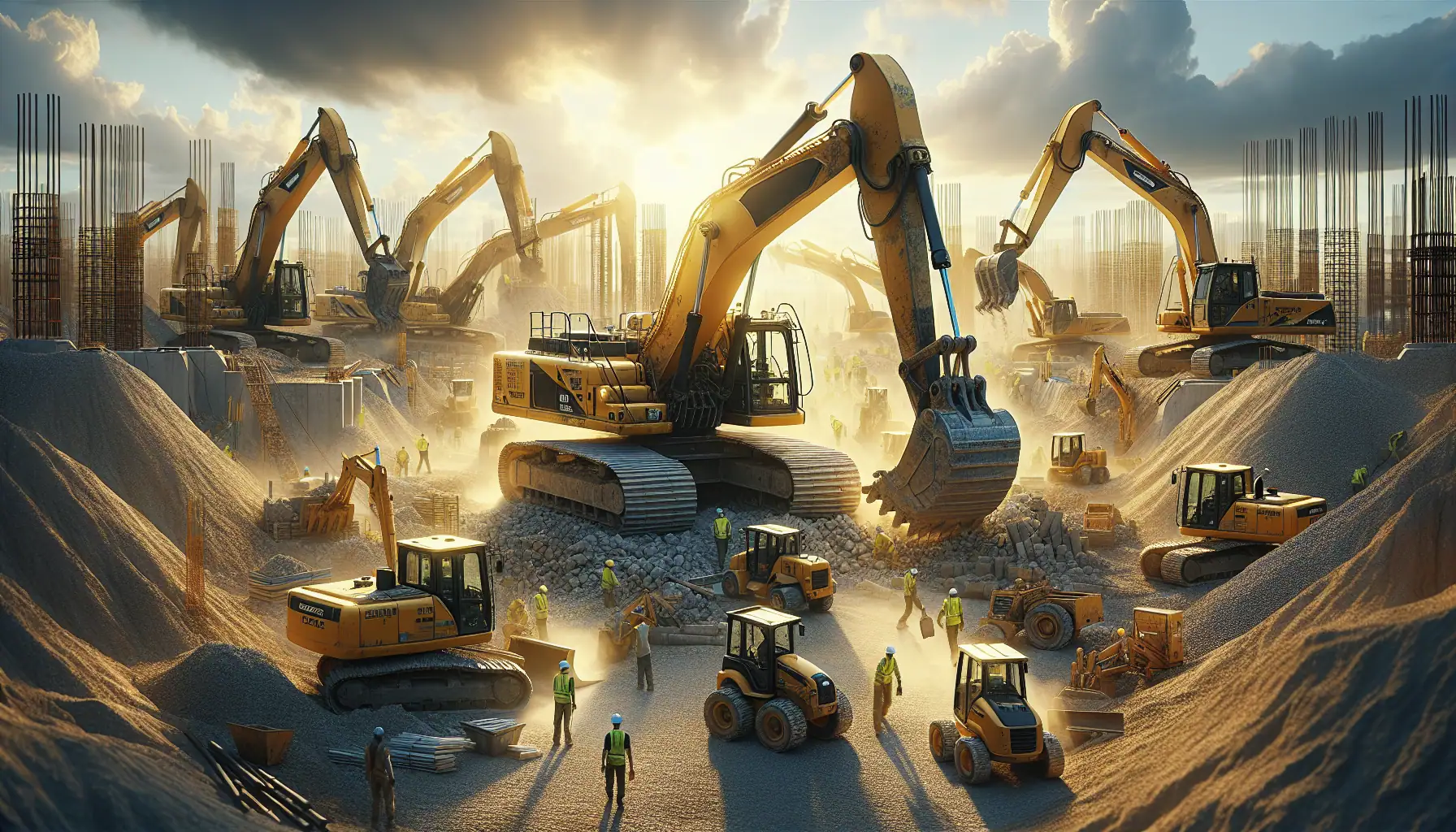
A Detailed Guide to Choosing Excavators for Construction Work
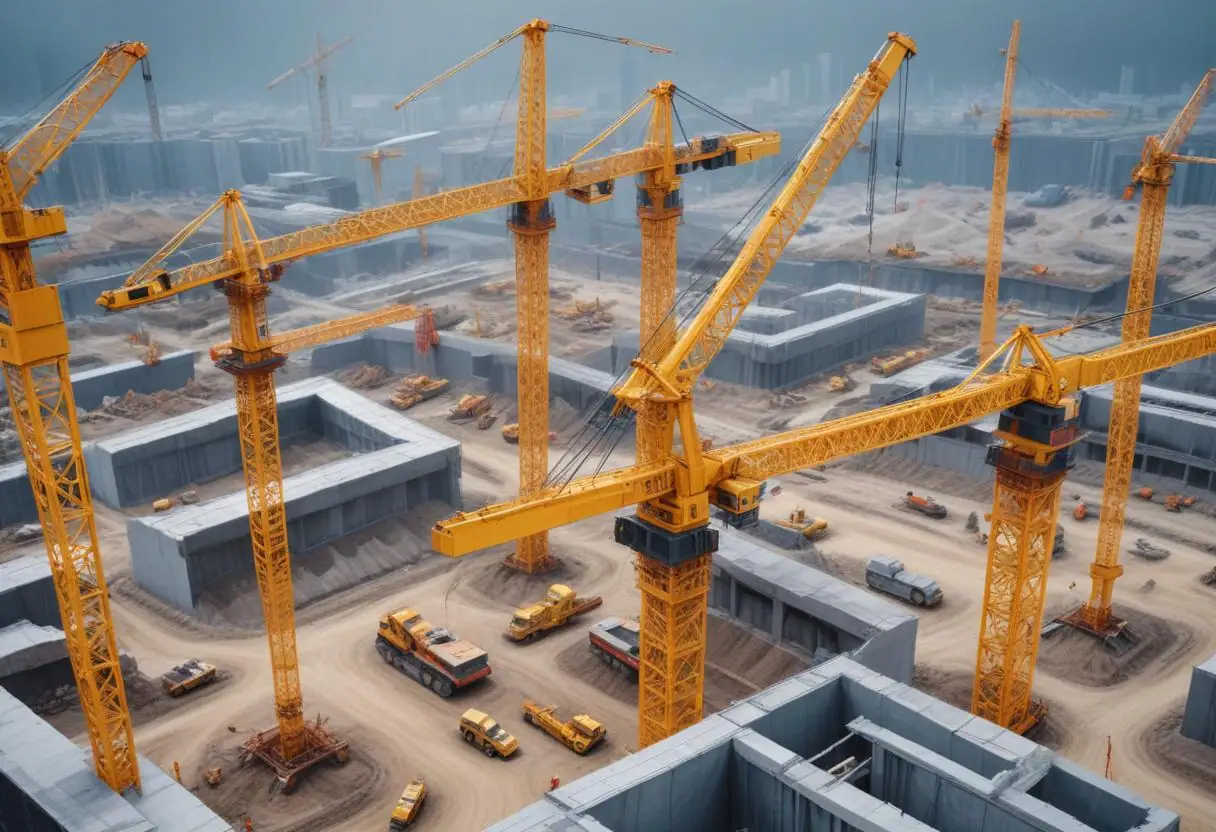
Top Tips for Choosing Cranes for Construction Projects
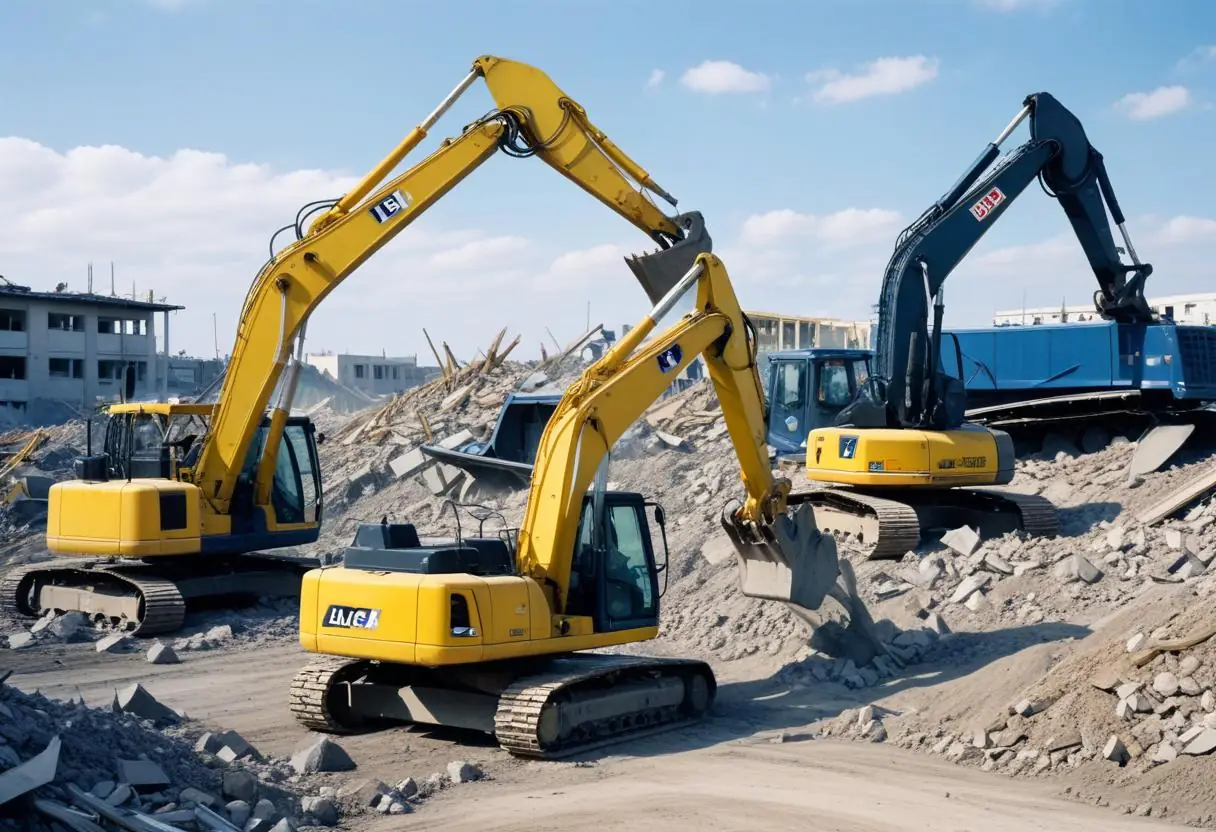
5 Top-Rated Demolition Machines for Construction Professionals

Expert Tips on Choosing Earthmoving Equipment for Large Projects
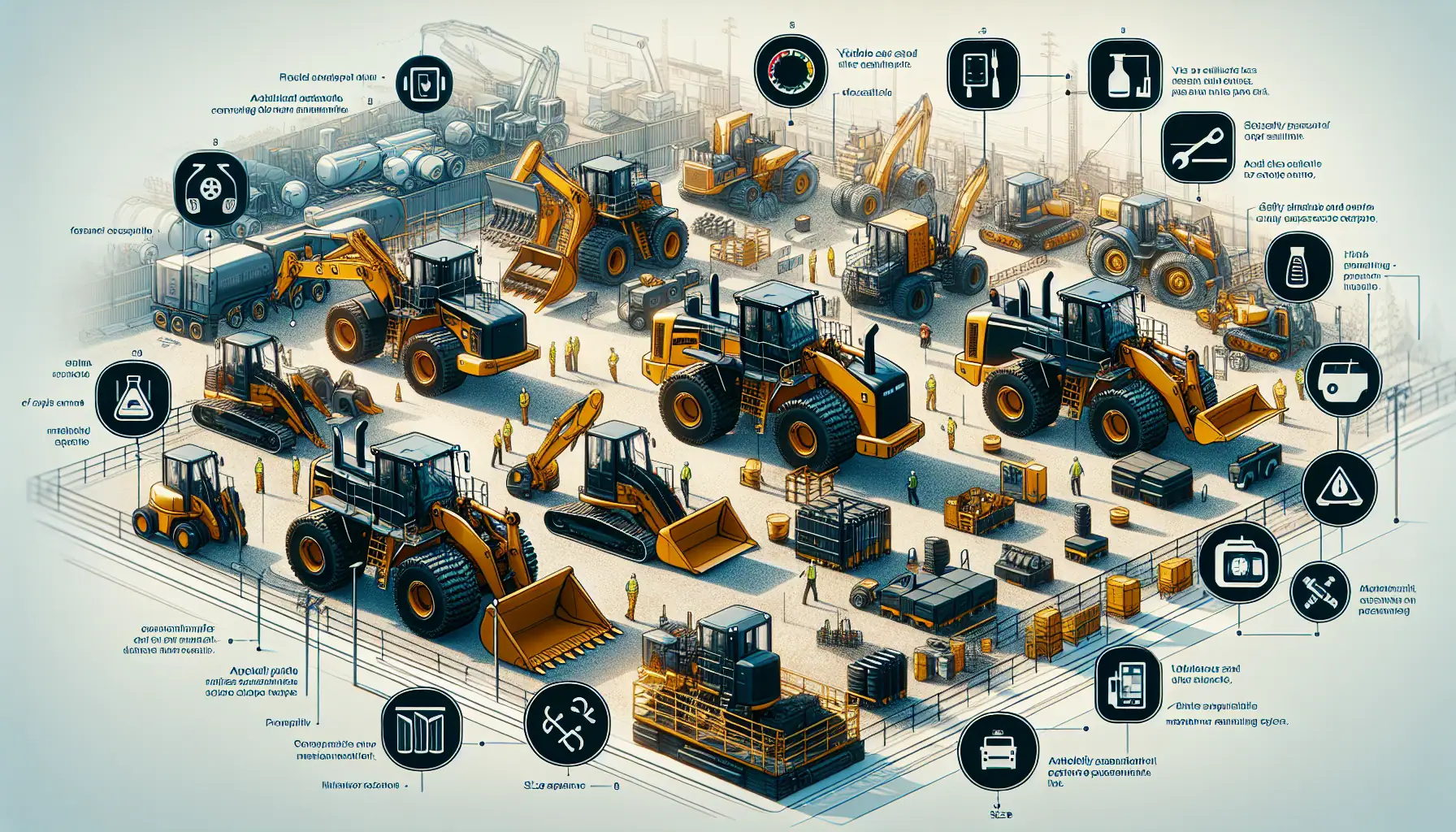
Top Functional Criteria for Selecting Heavy Construction Equipment

Construction Machinery: Detailed Guide to Equipment Specifications

Heavy Machinery Prices: Key Factors in Cost and Quality Balance
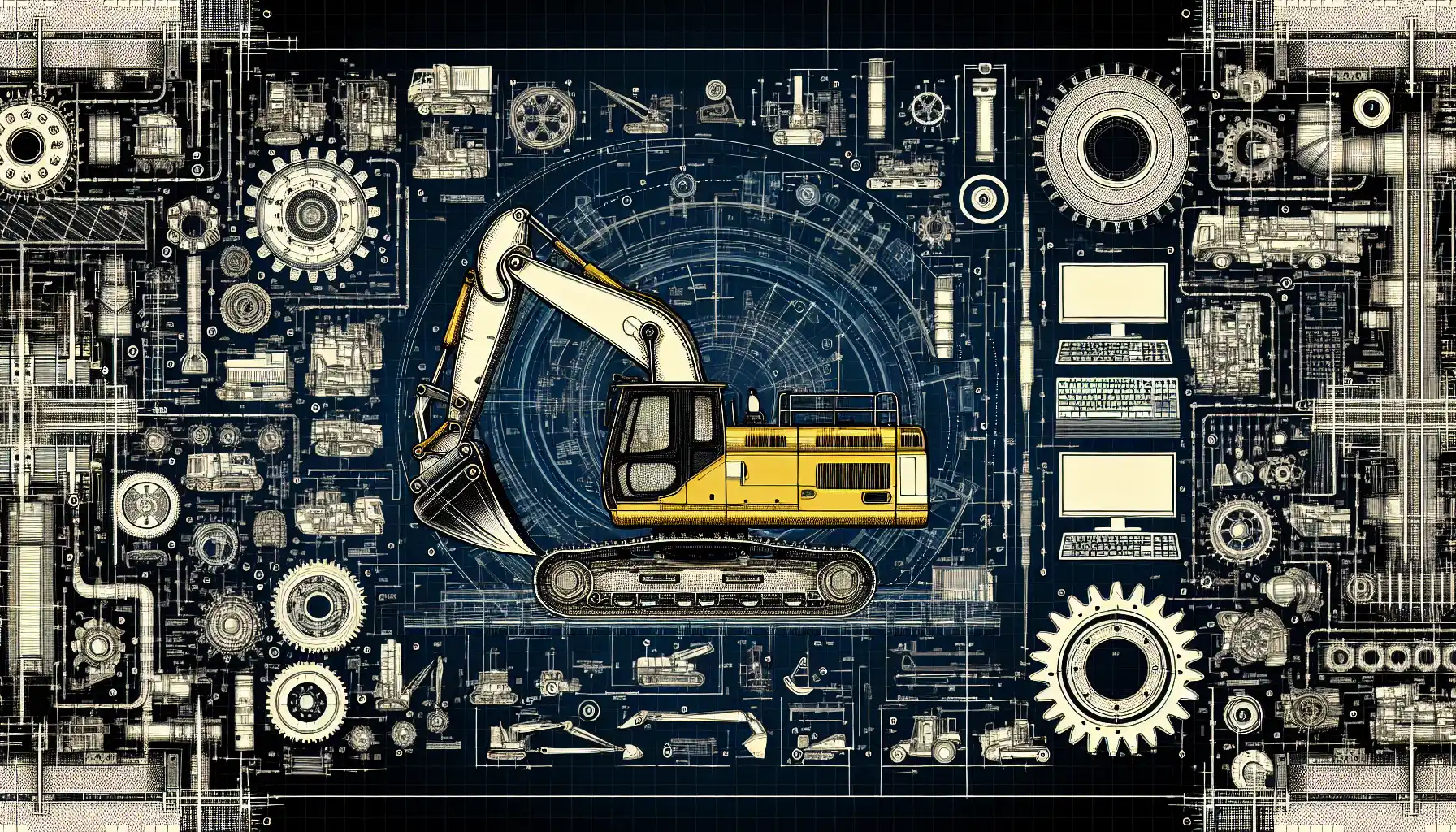
Best Construction Heavy Equipment Brands: Pros and Cons

Construction Site Equipment: How to Determine Your Requirements
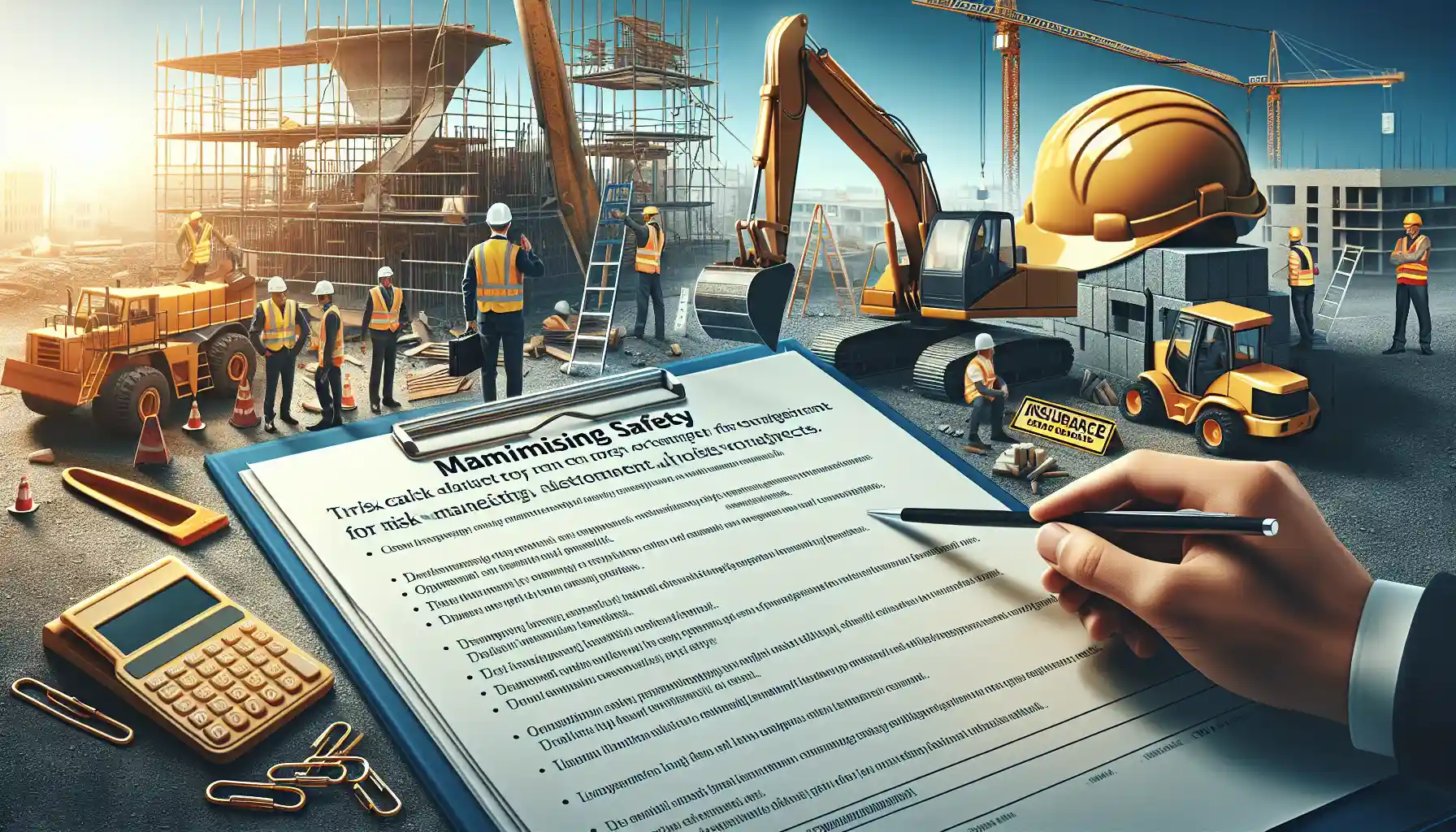
Maximizing Safety: Risk Management for Construction Projects

Innovations in Construction: Transforming Machinery and Equipment

Heavy Equipment Safety: Beyond the Basics in Construction Compliance
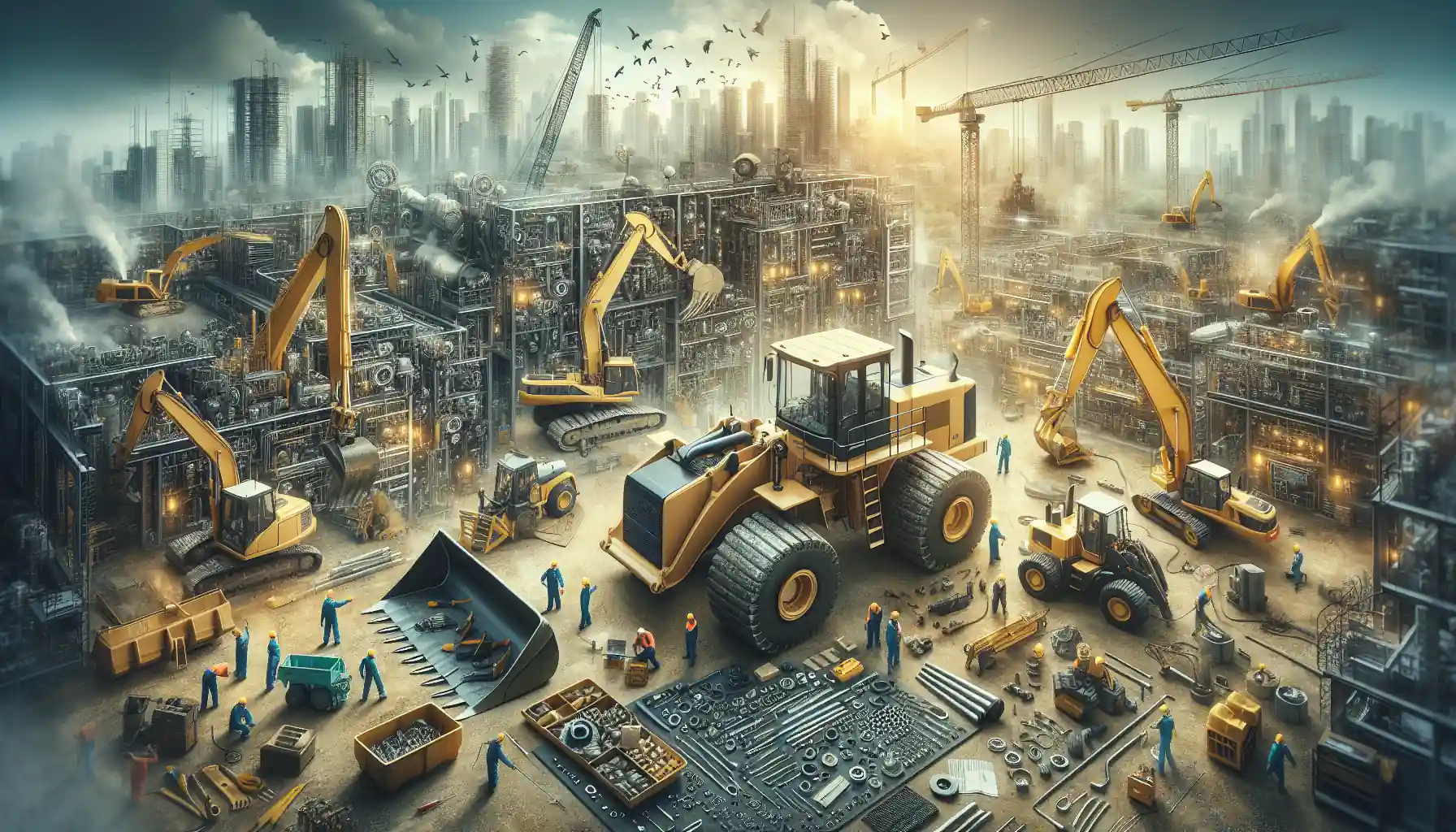
The Essential Handbook for Construction Equipment Repair and Maintenance

How to Efficiently Source Oil and Gas Machinery Parts in NYC

Essential Guide to Sourcing Agriculture Equipment Parts
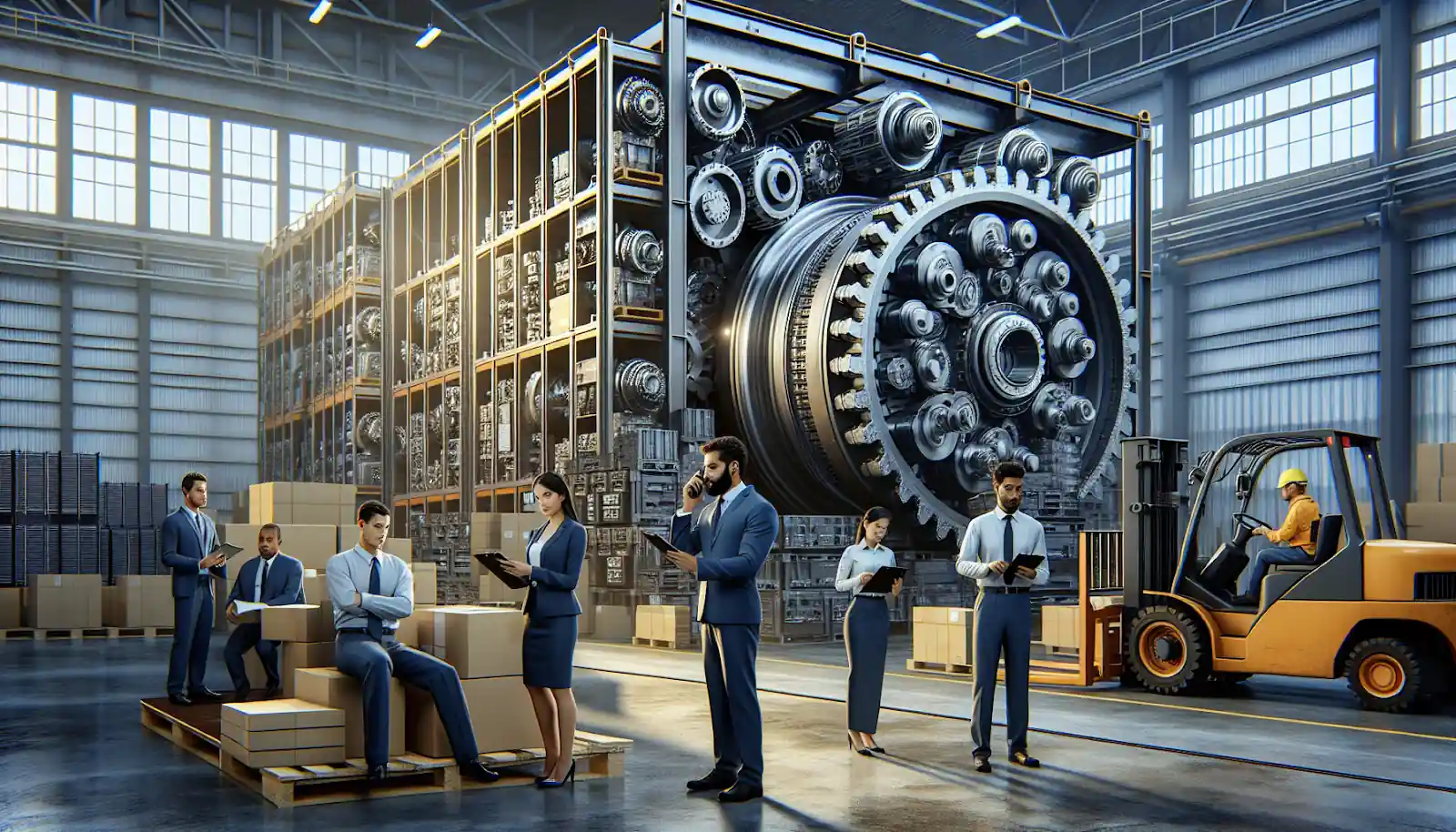
How to Source Mining Machinery Parts: Tips and Strategies
